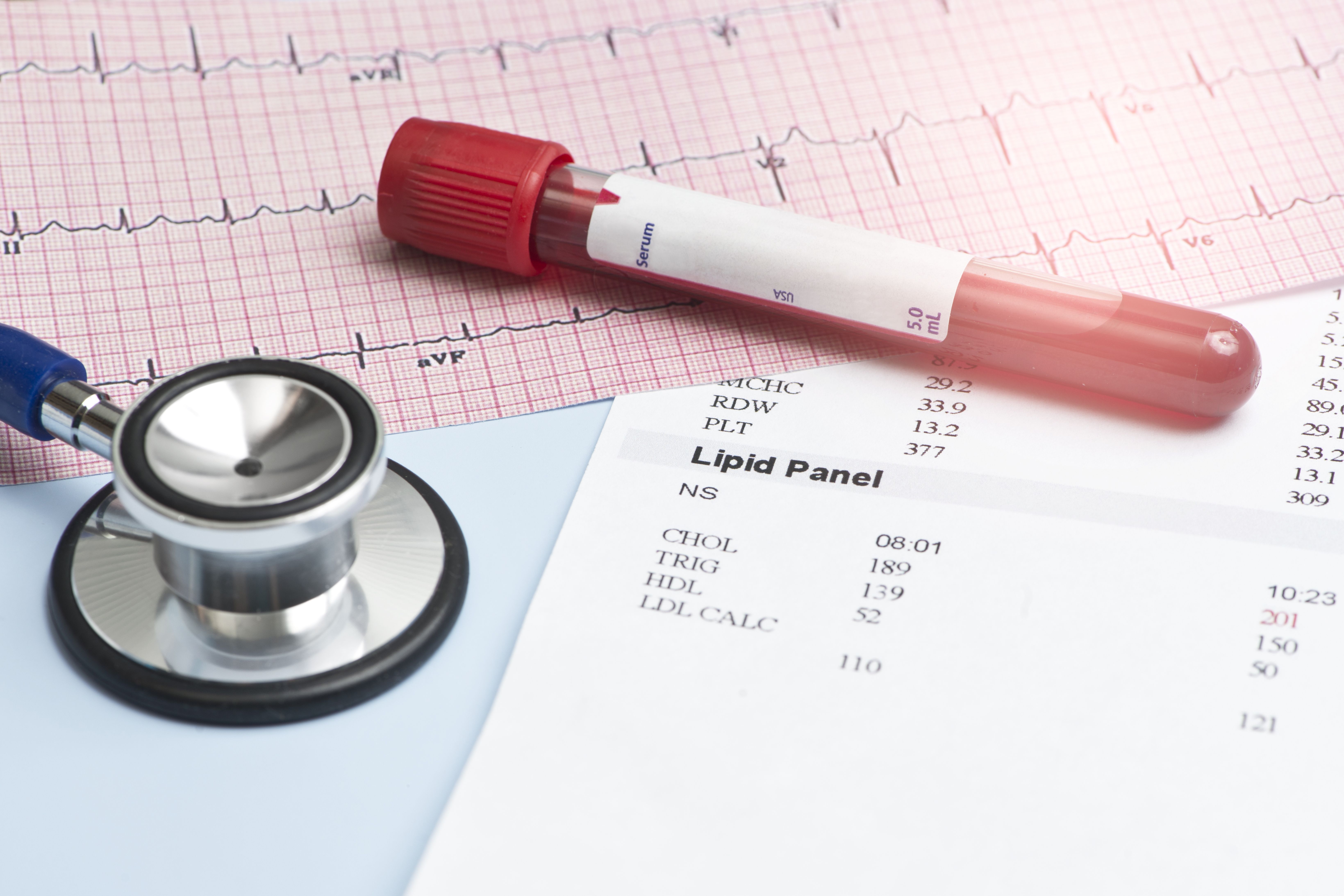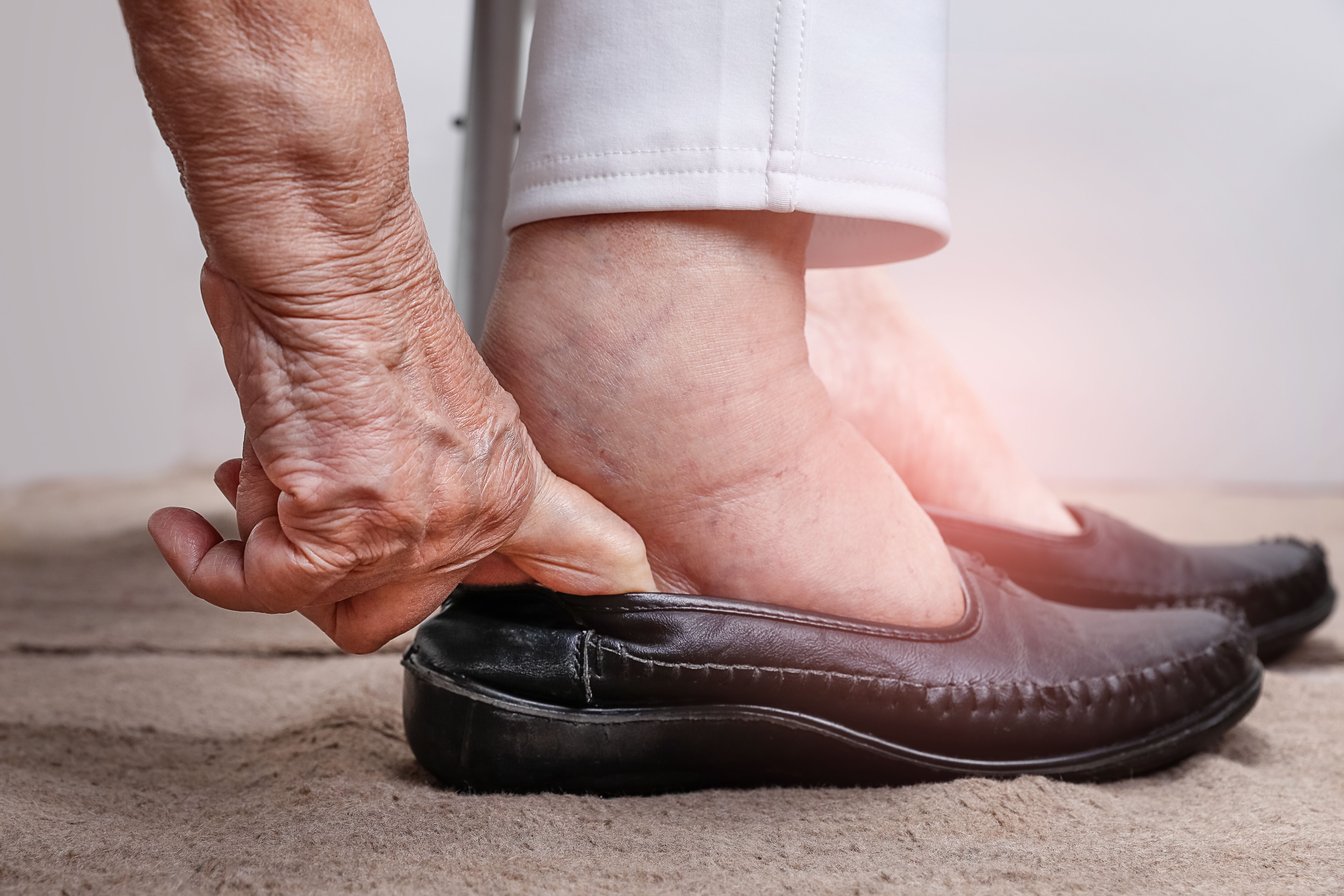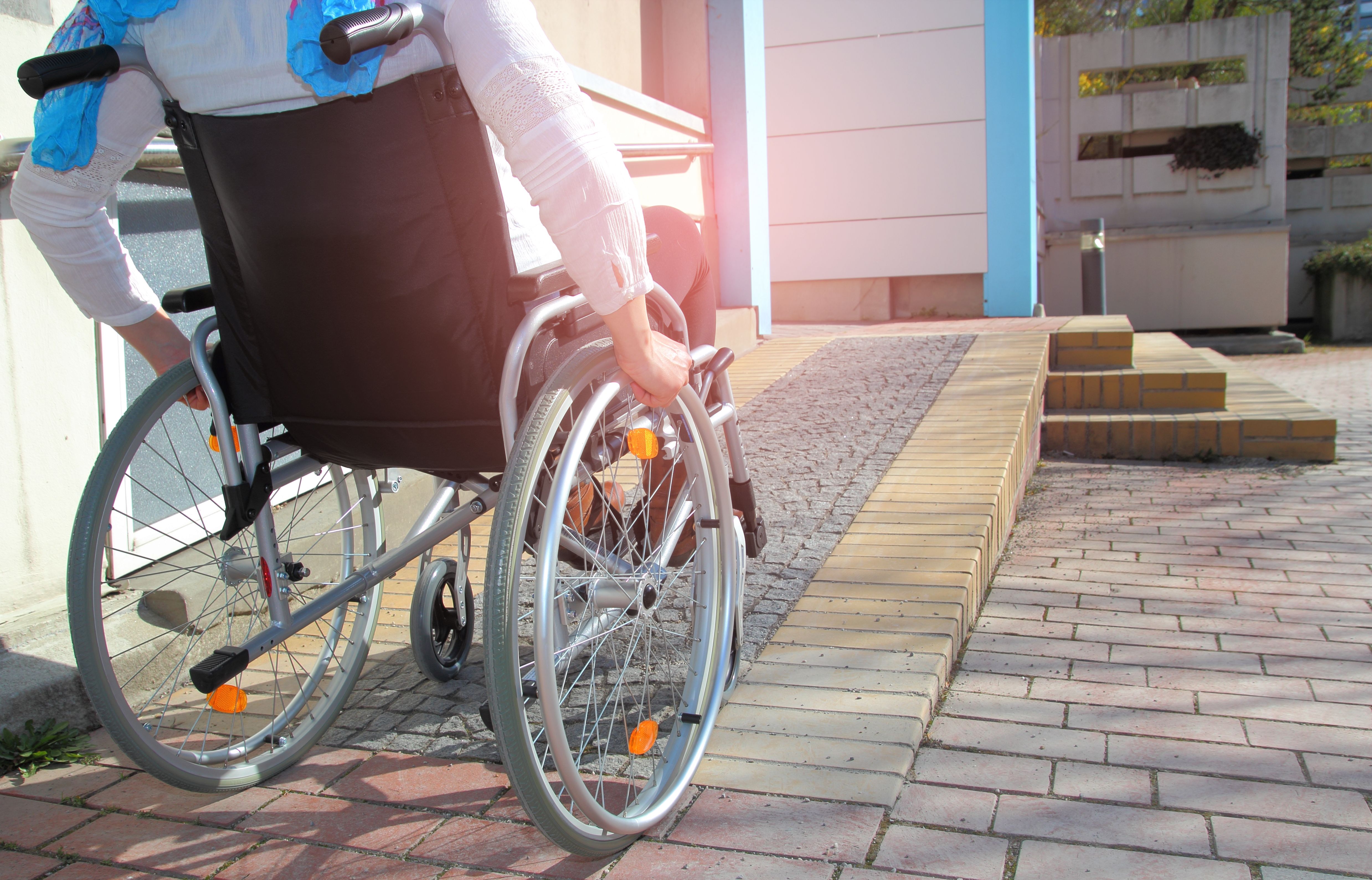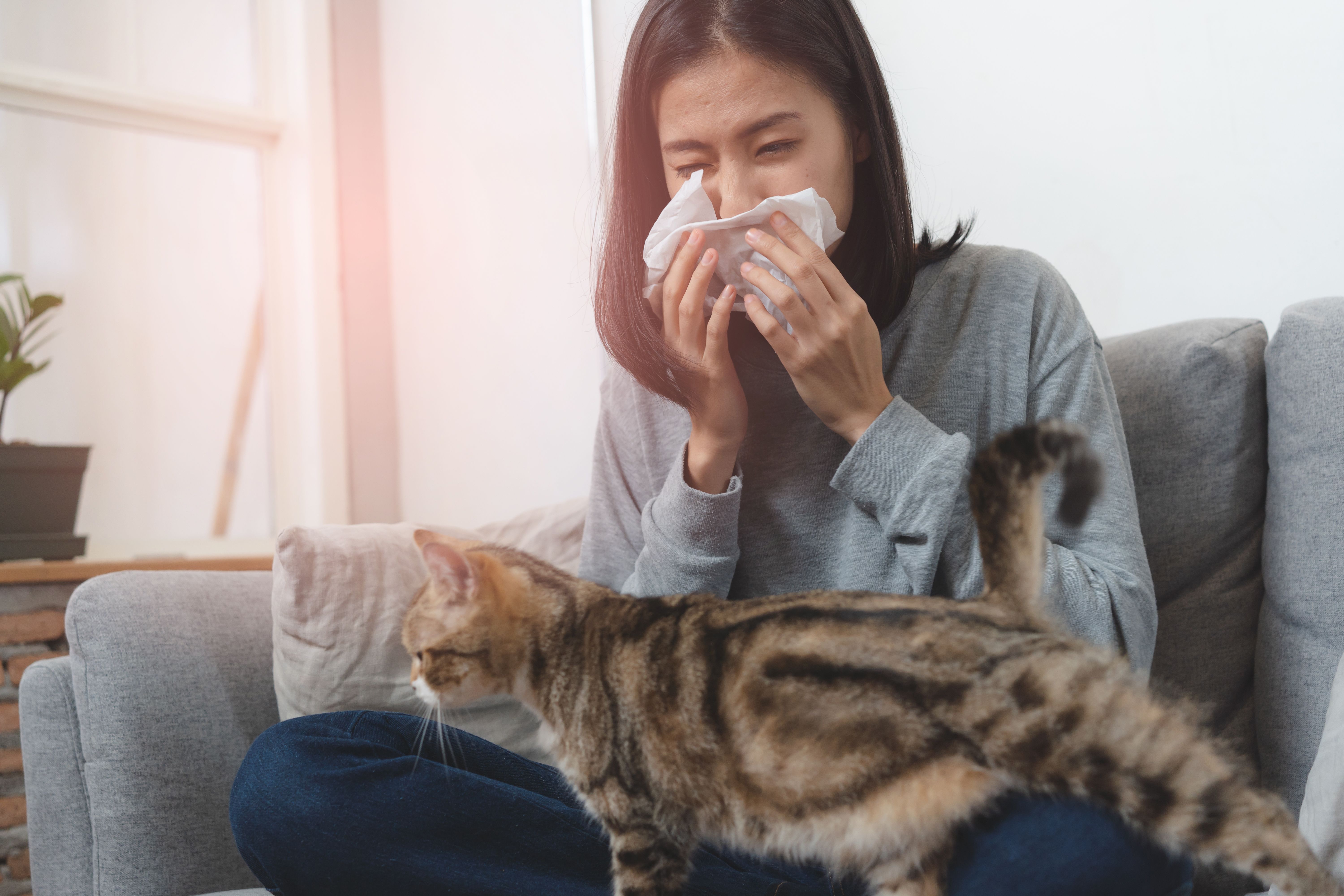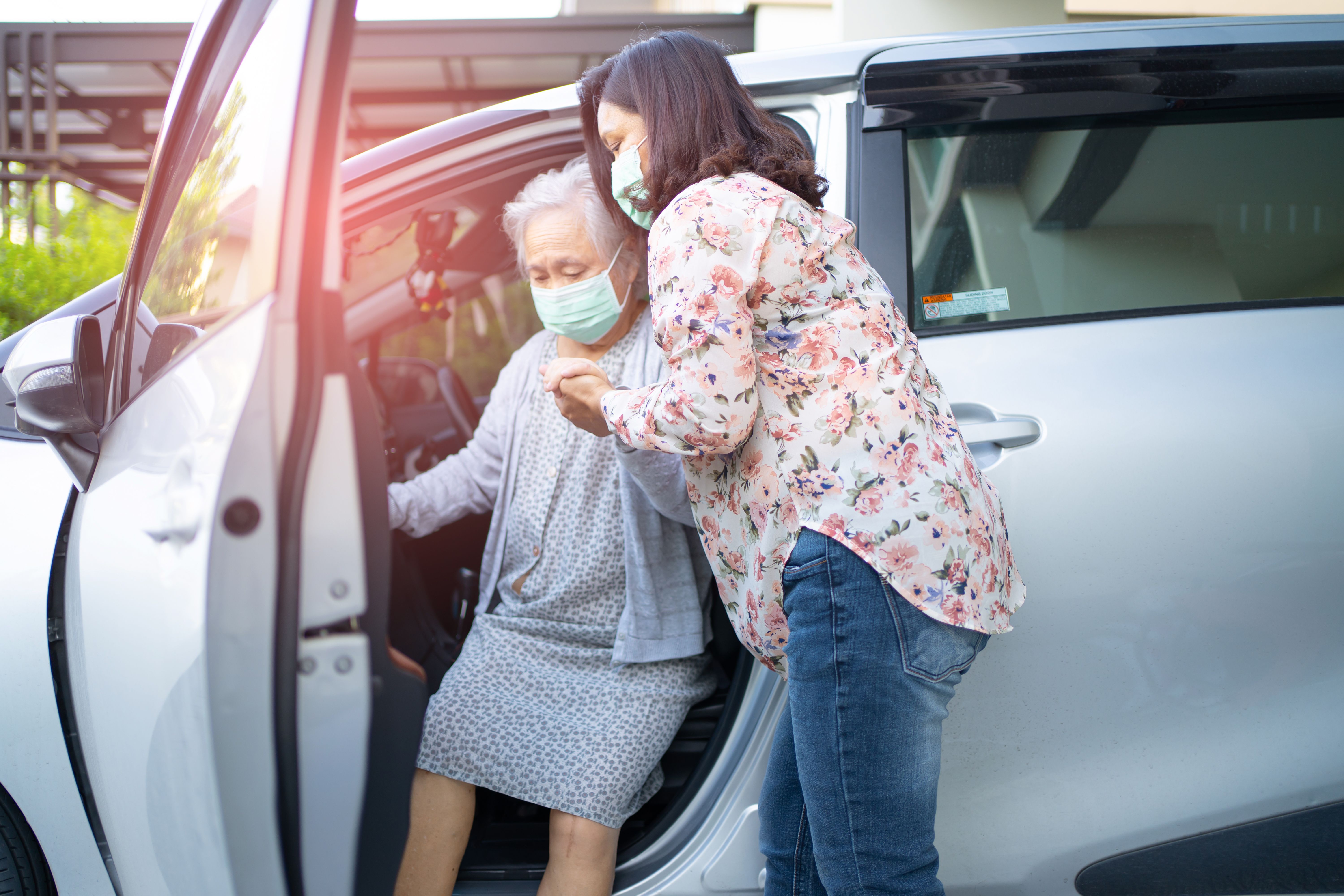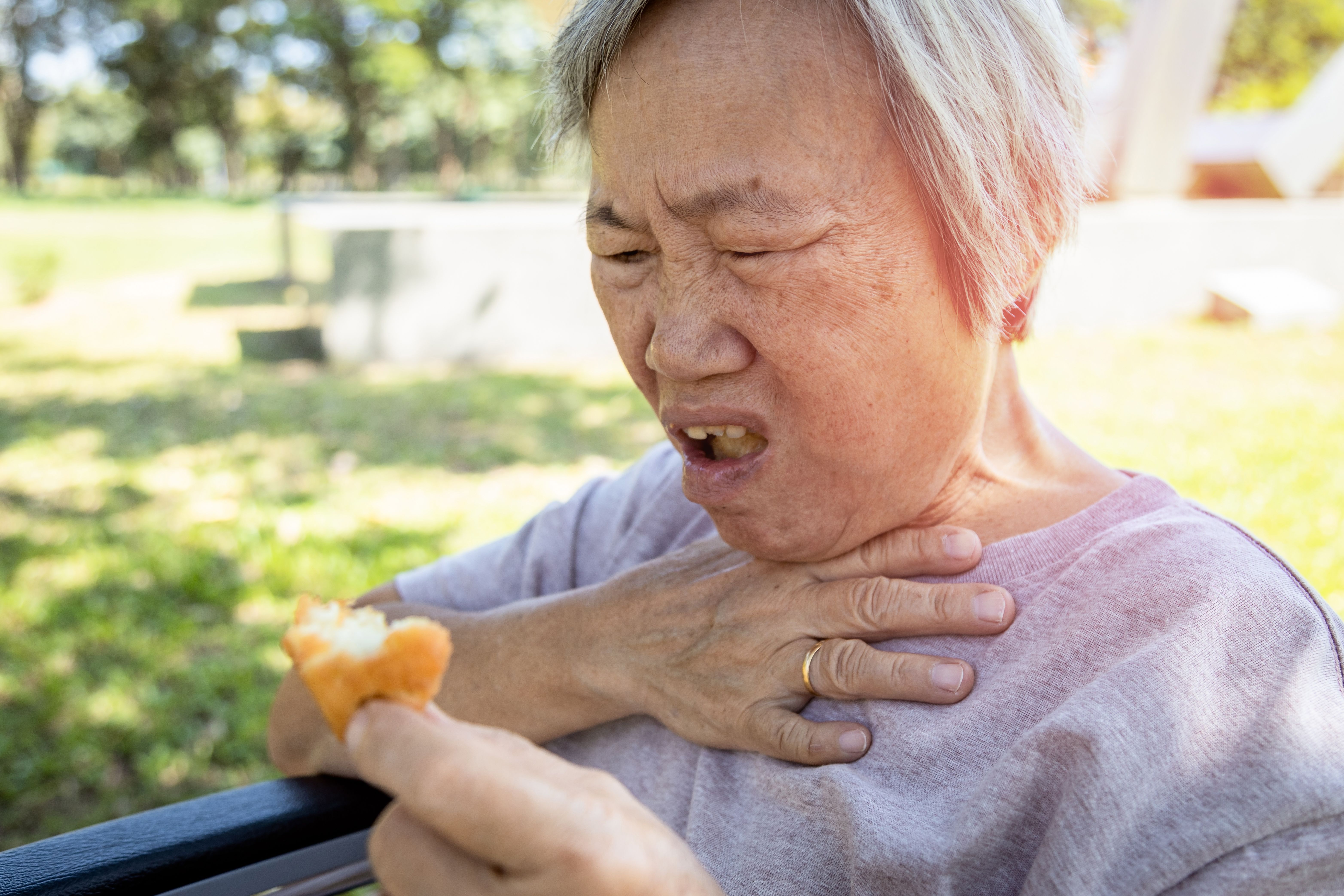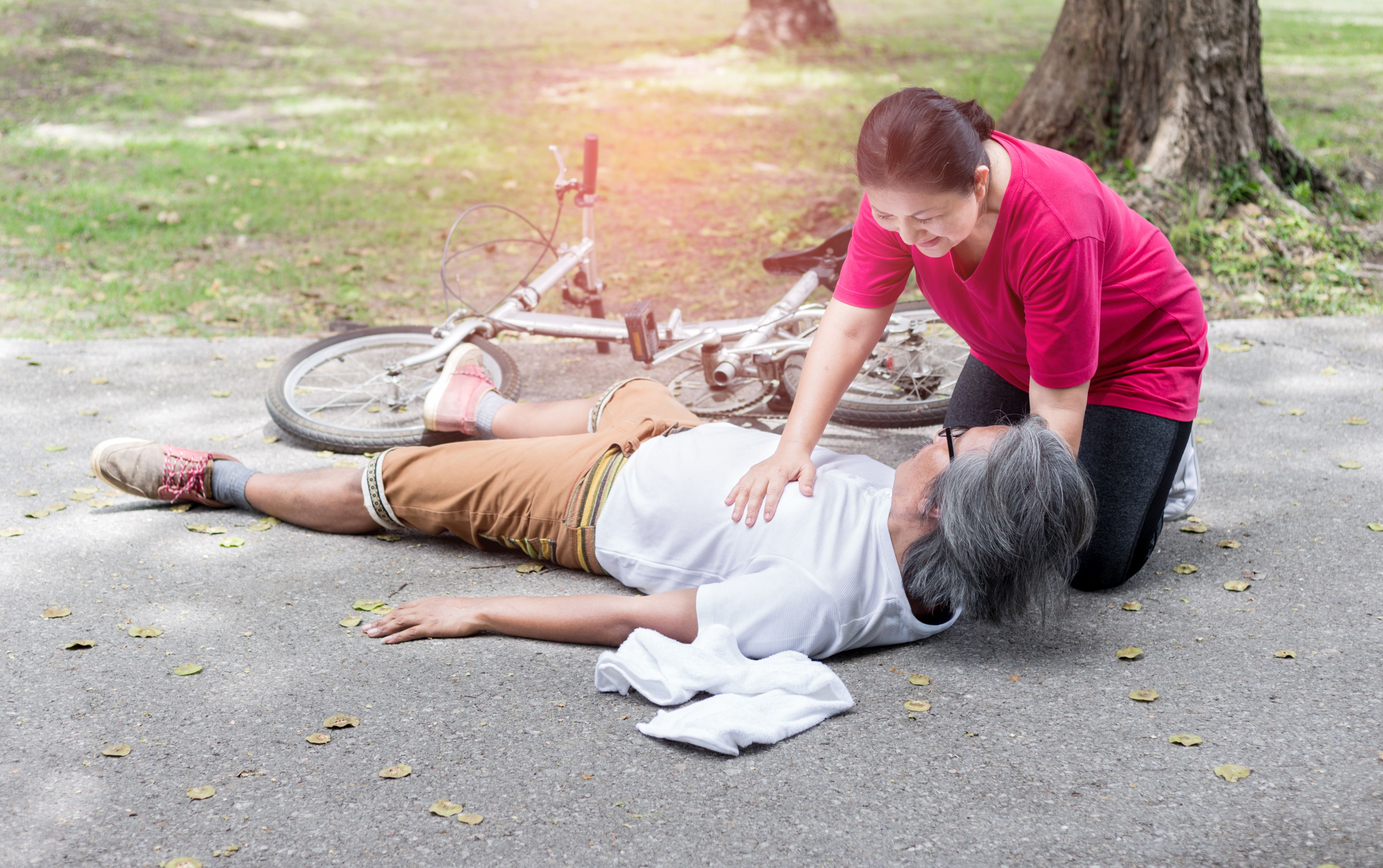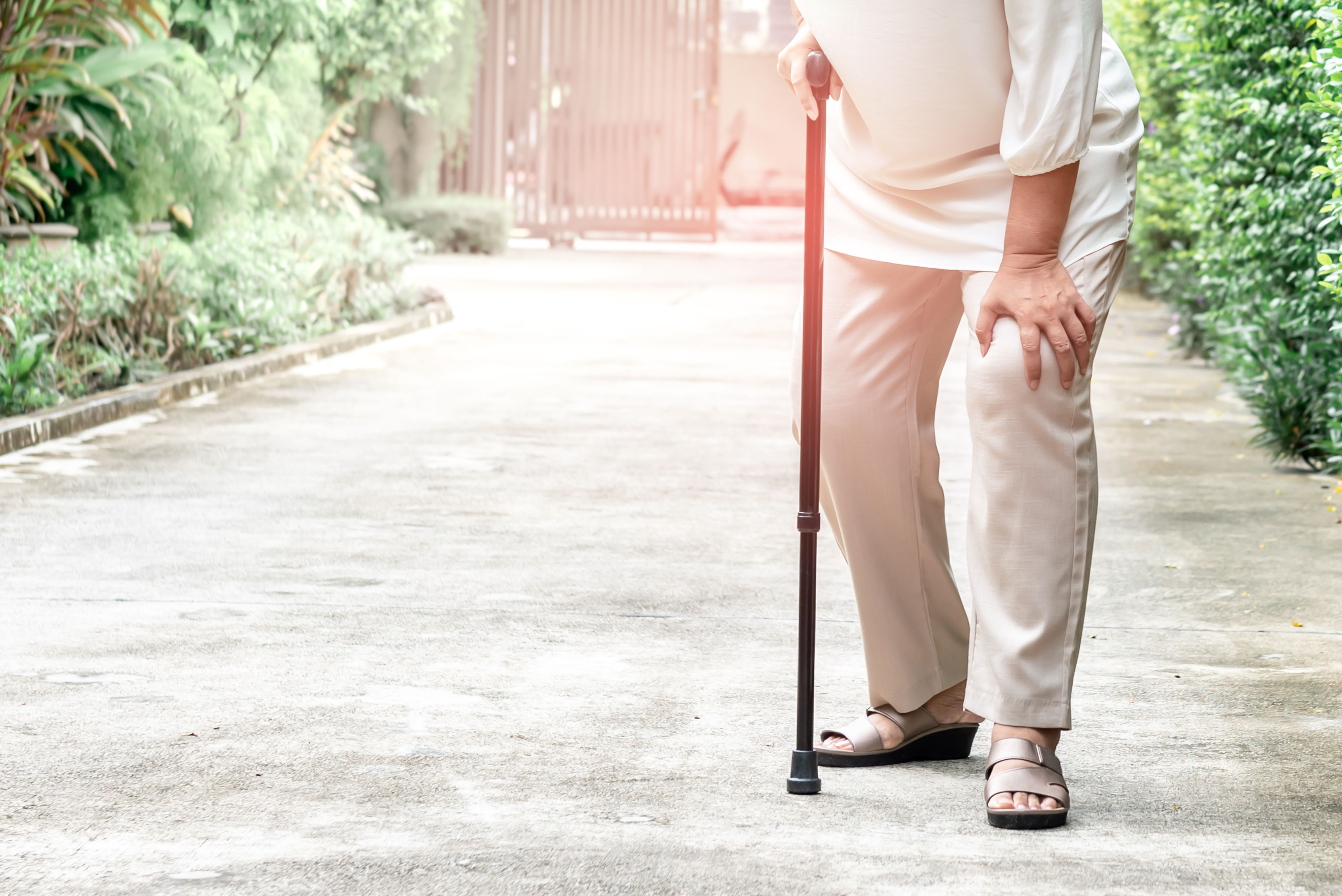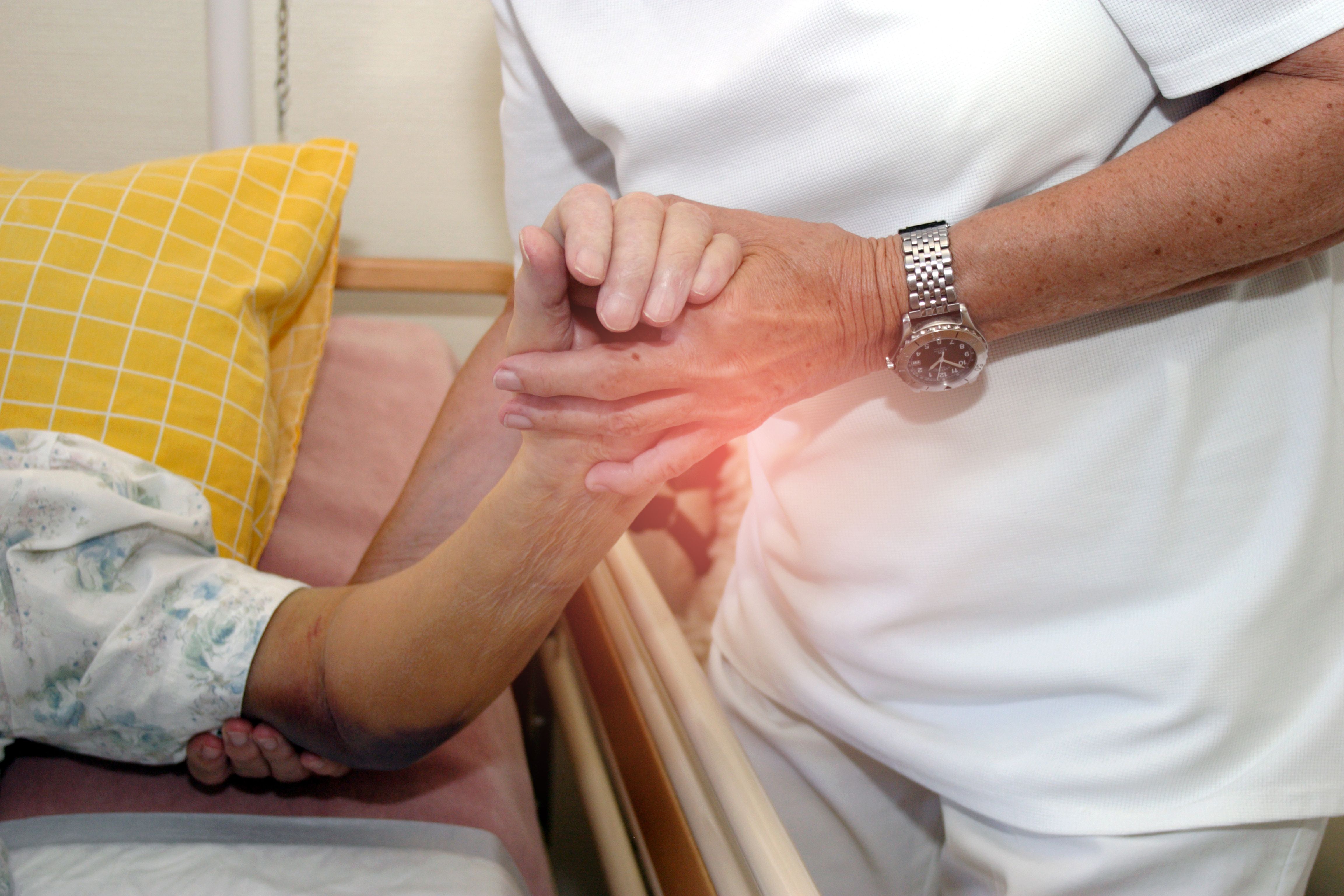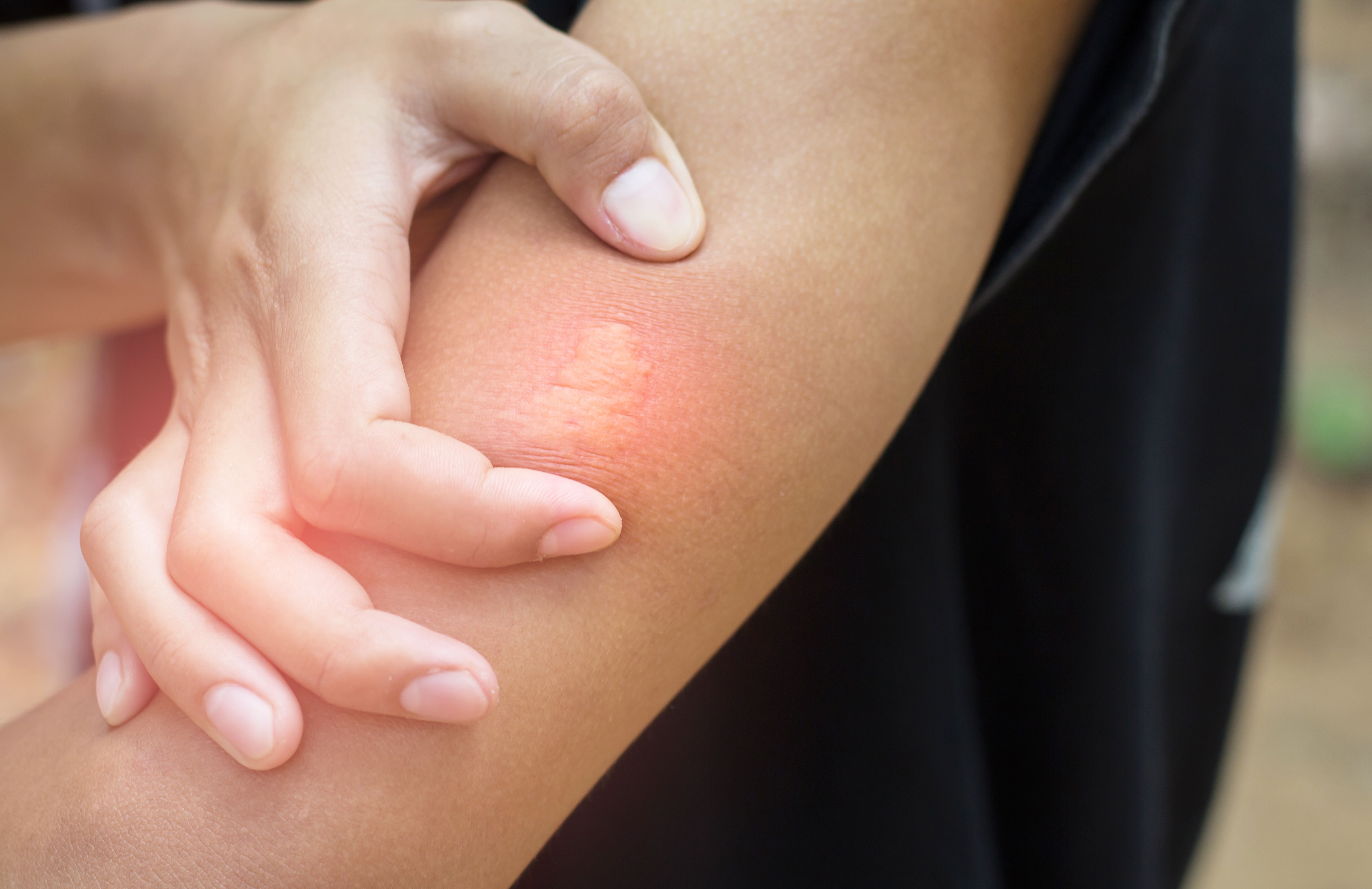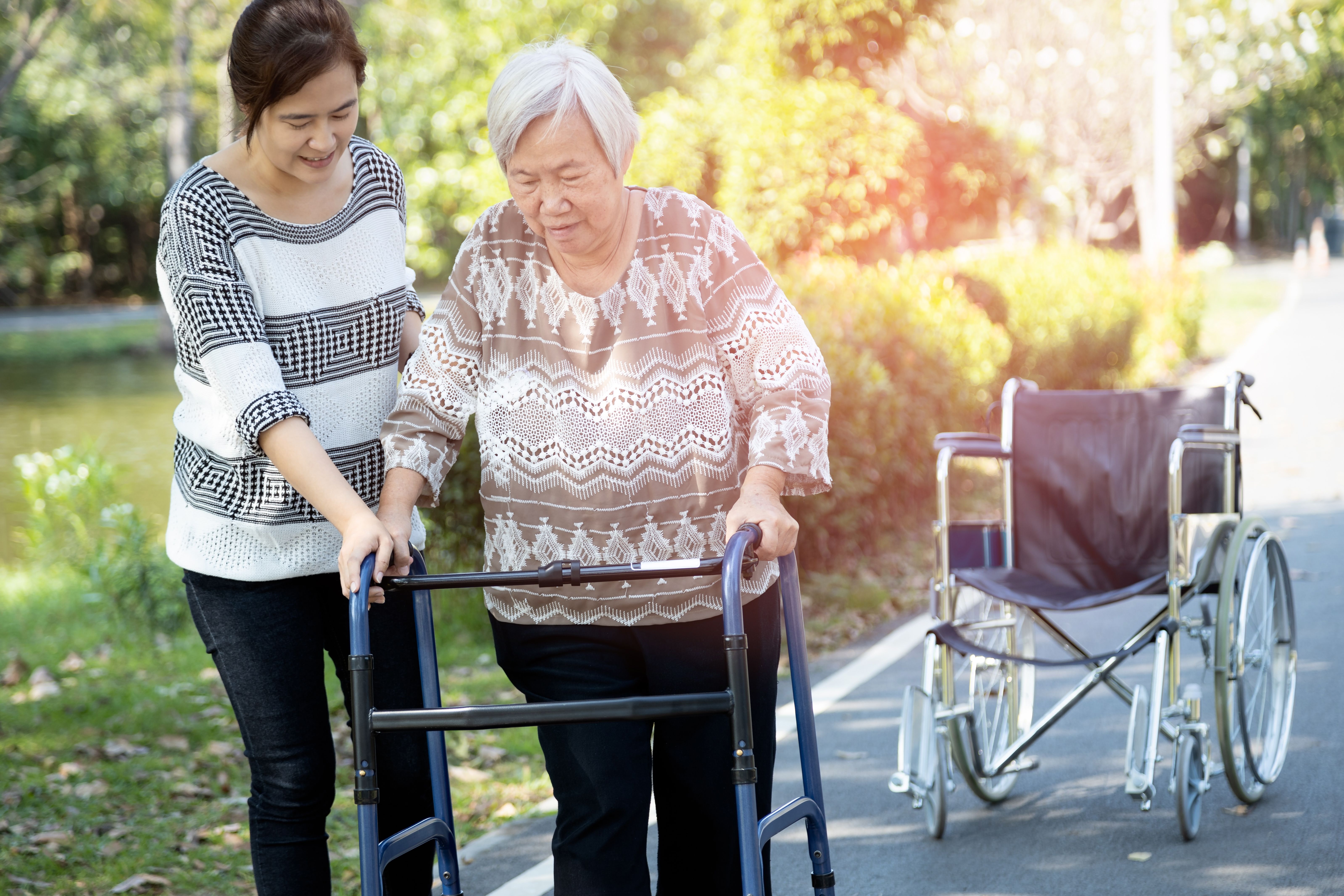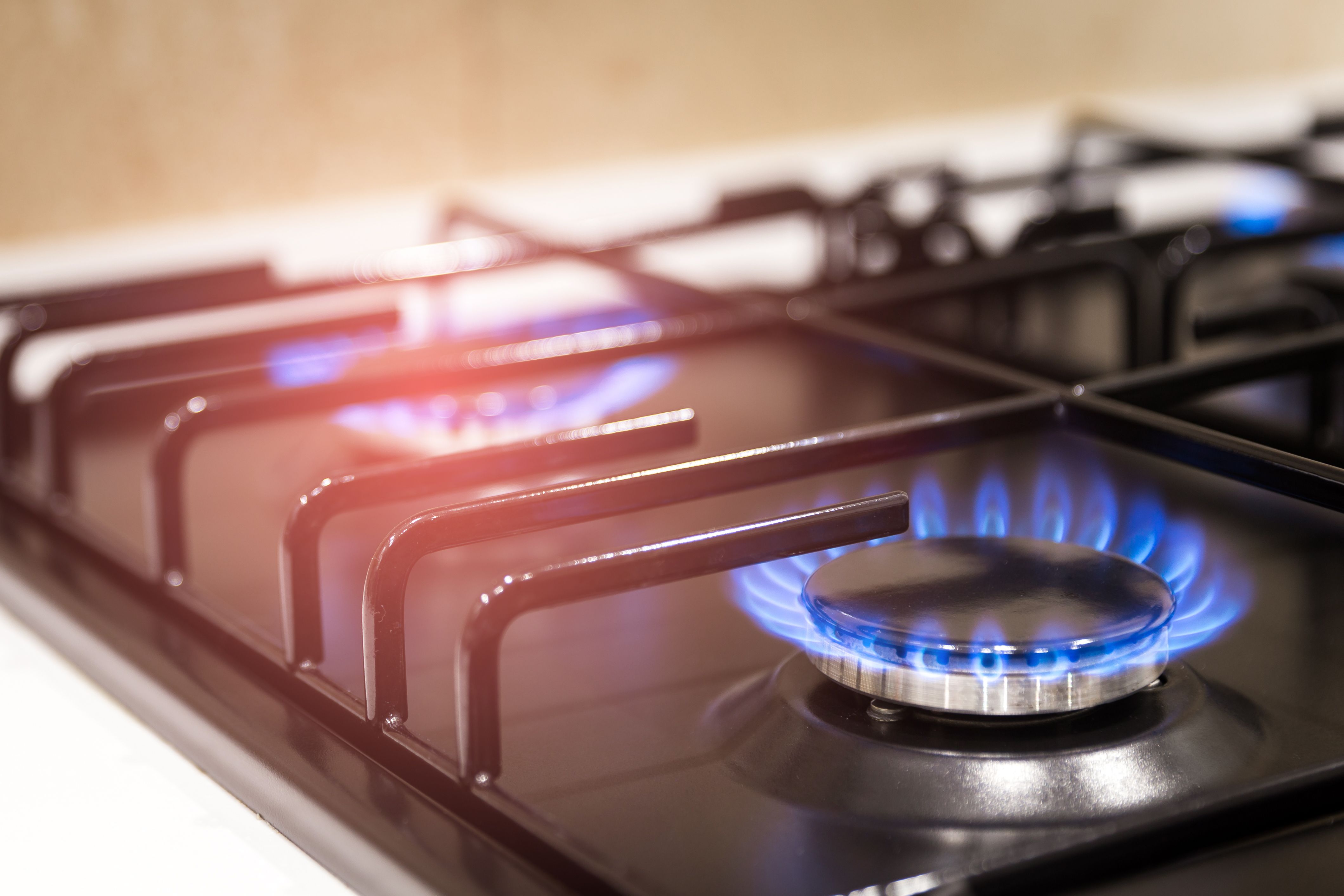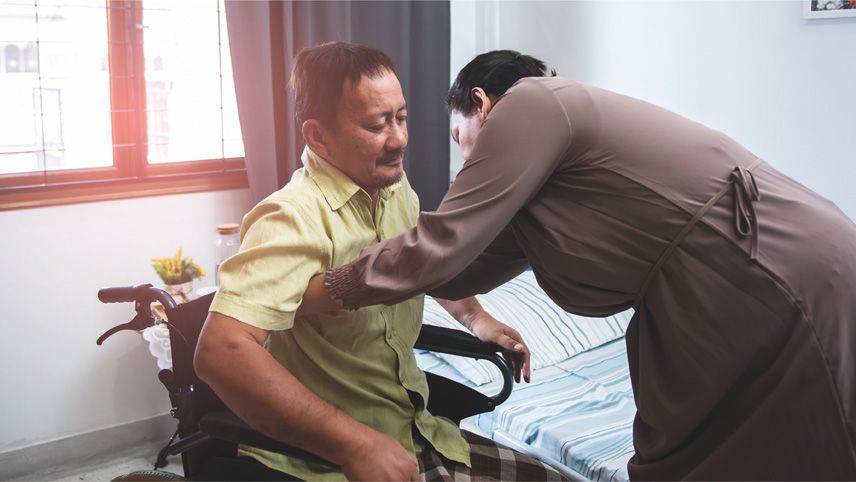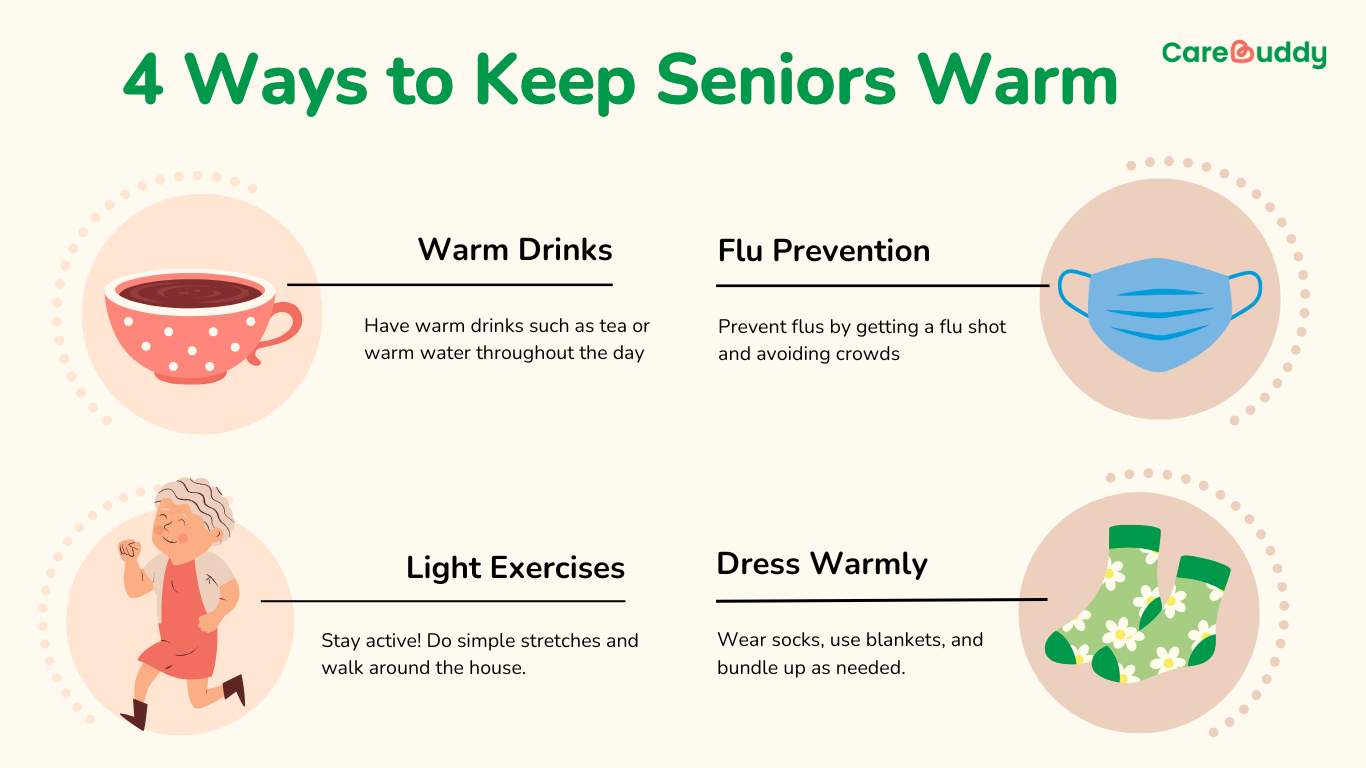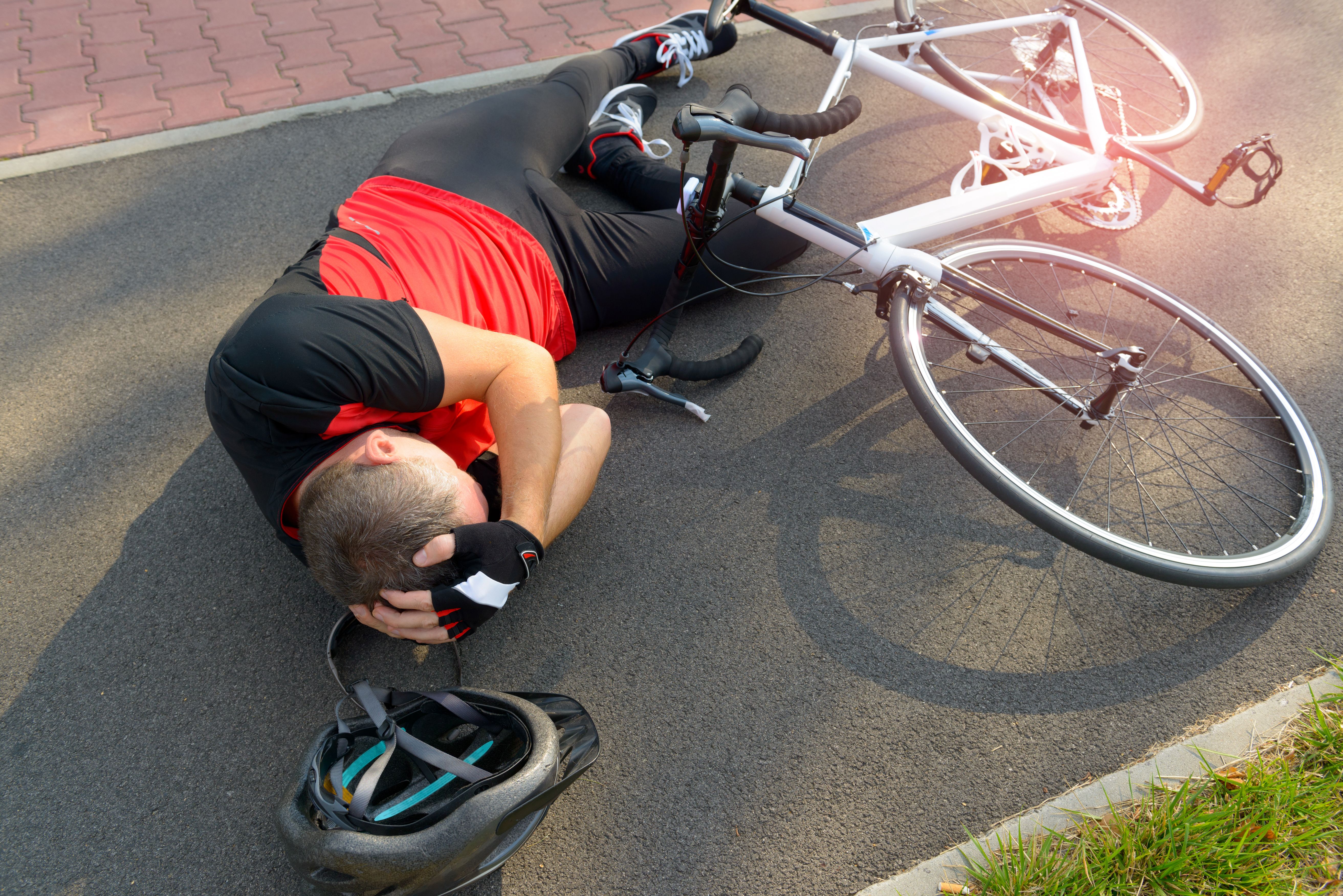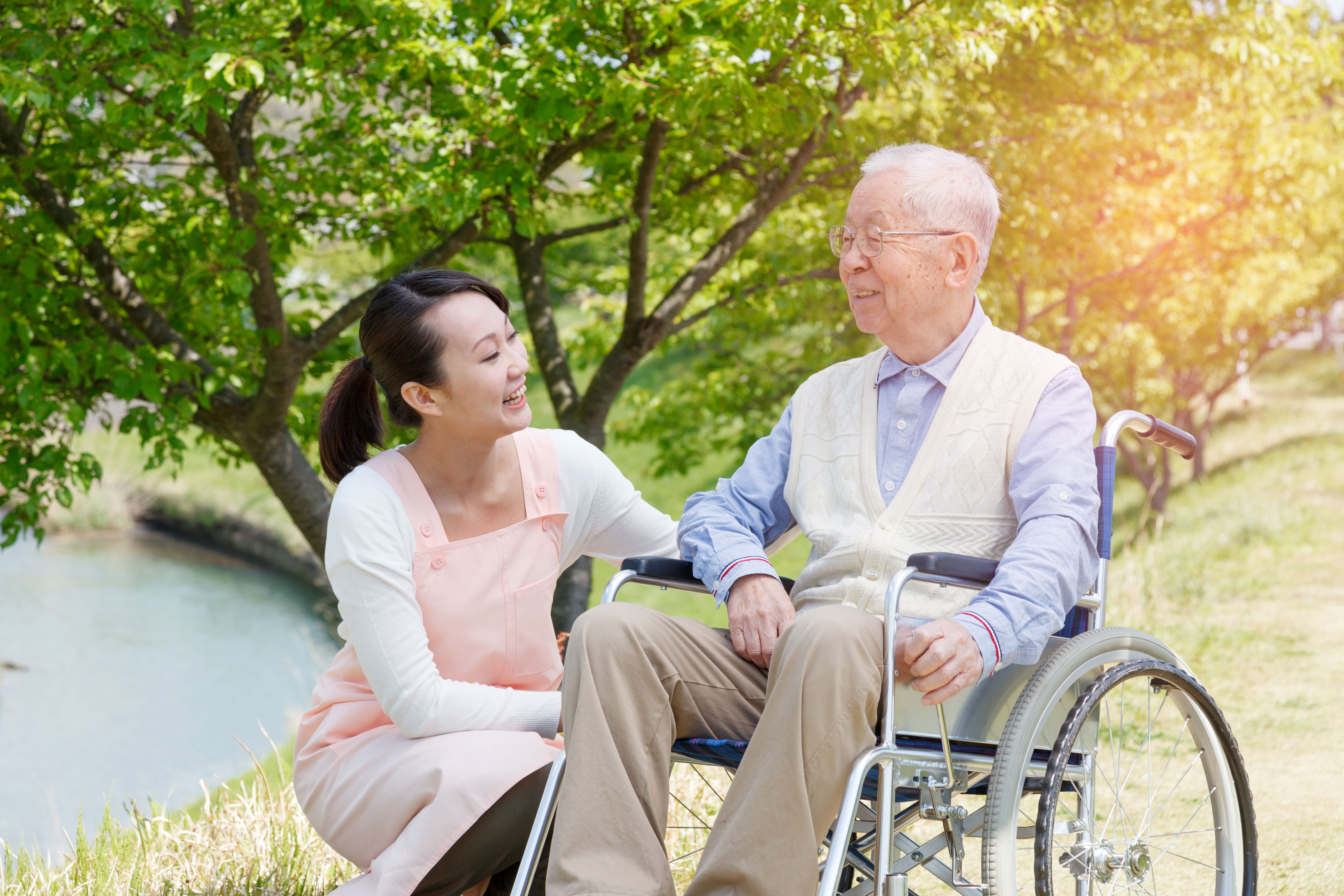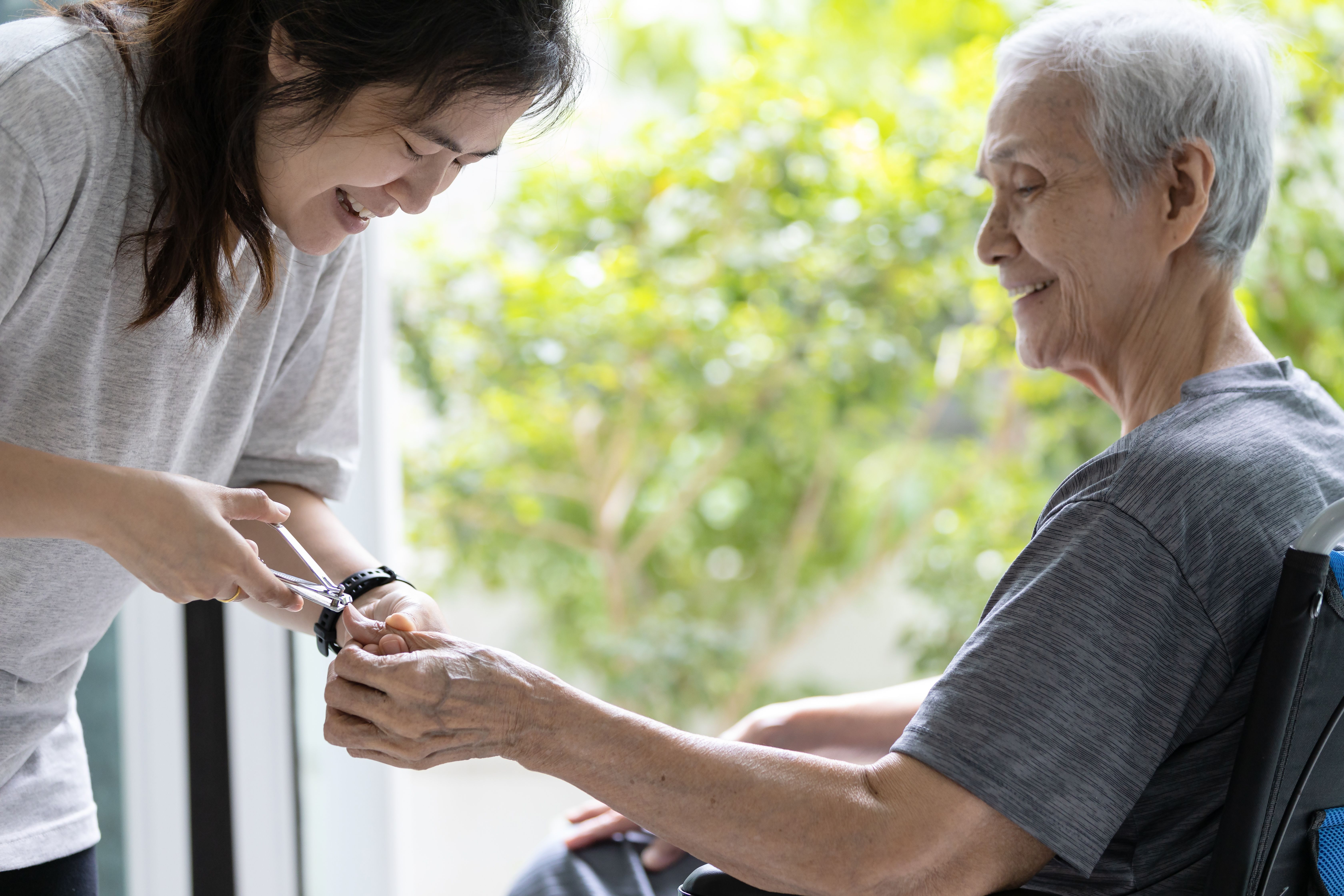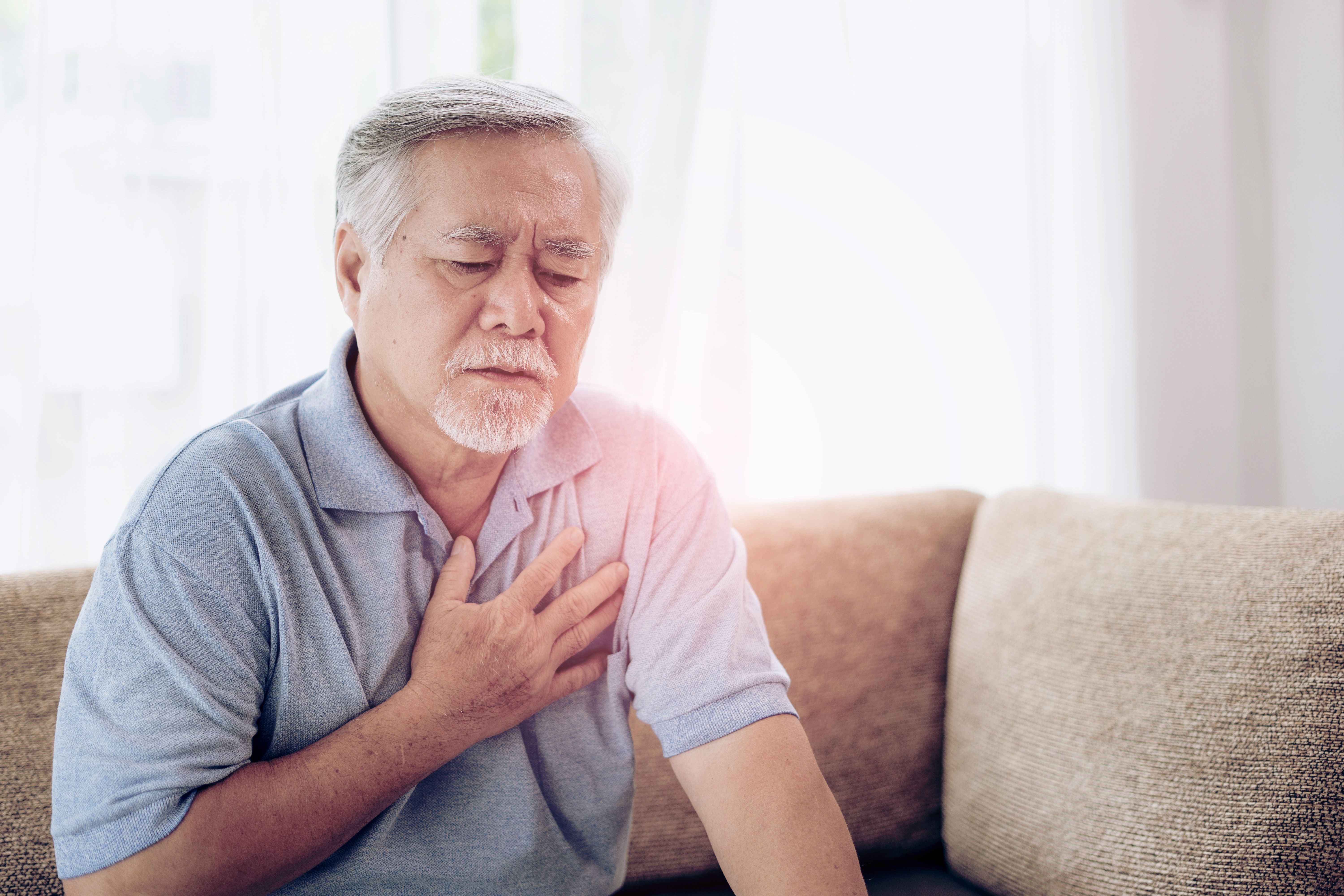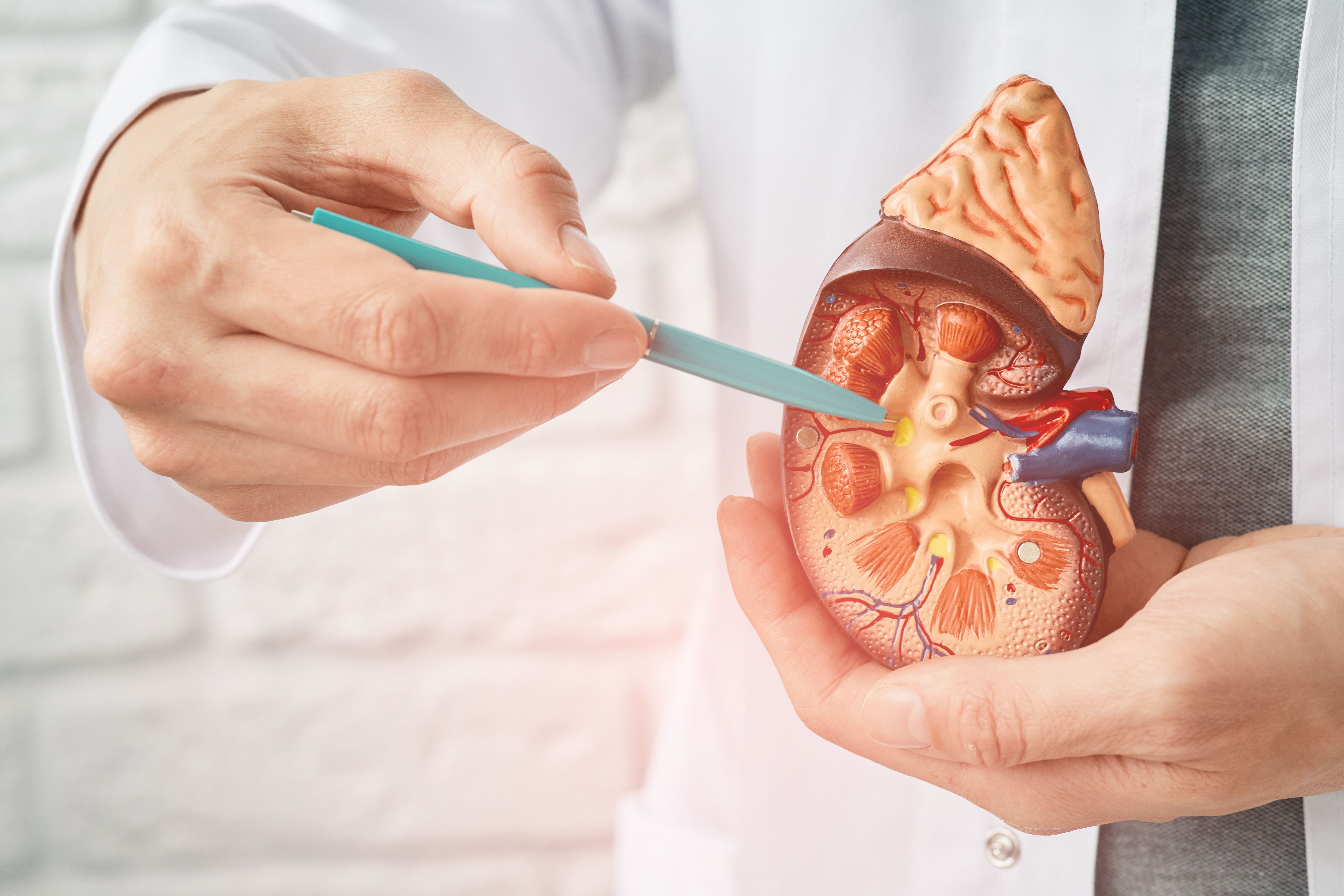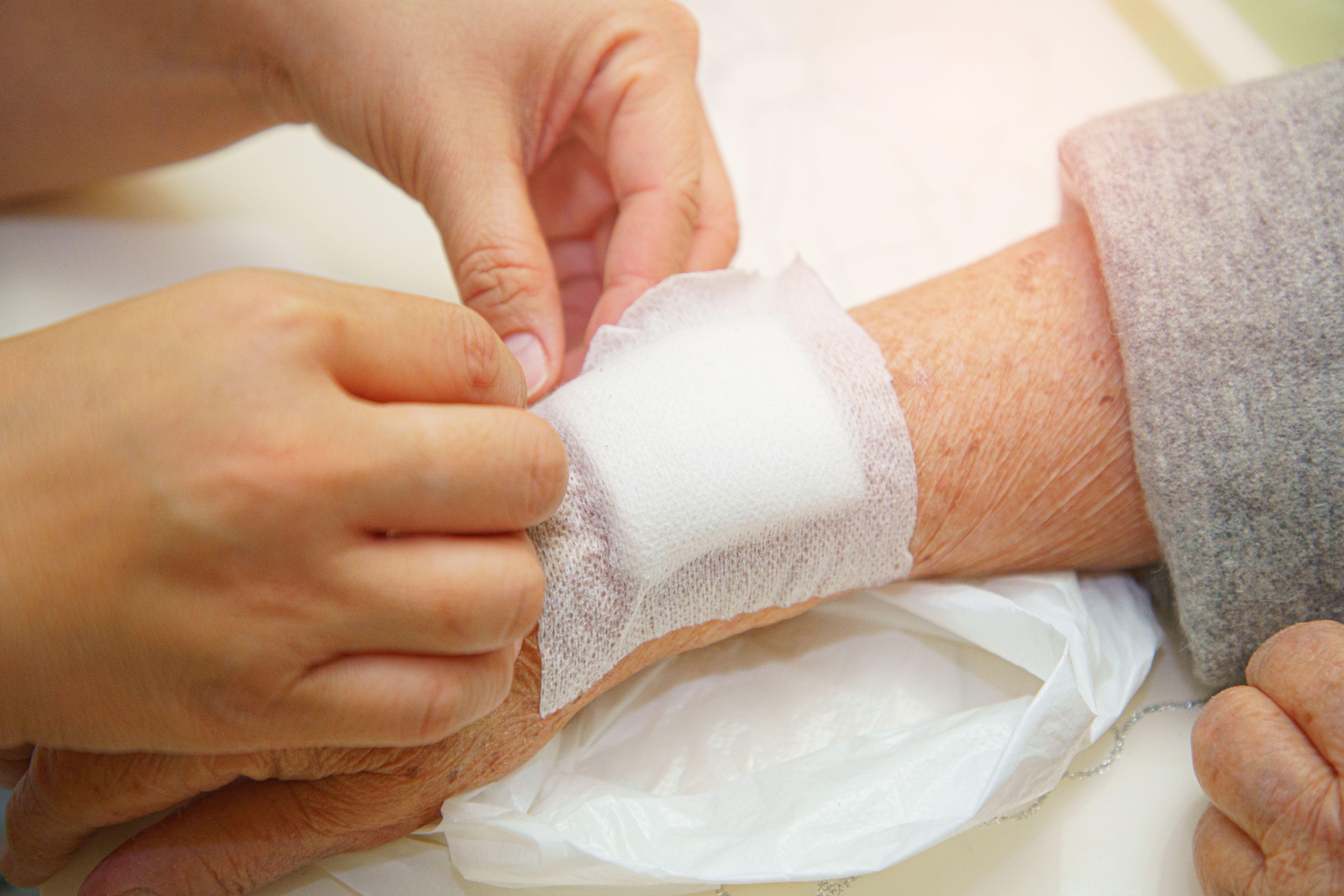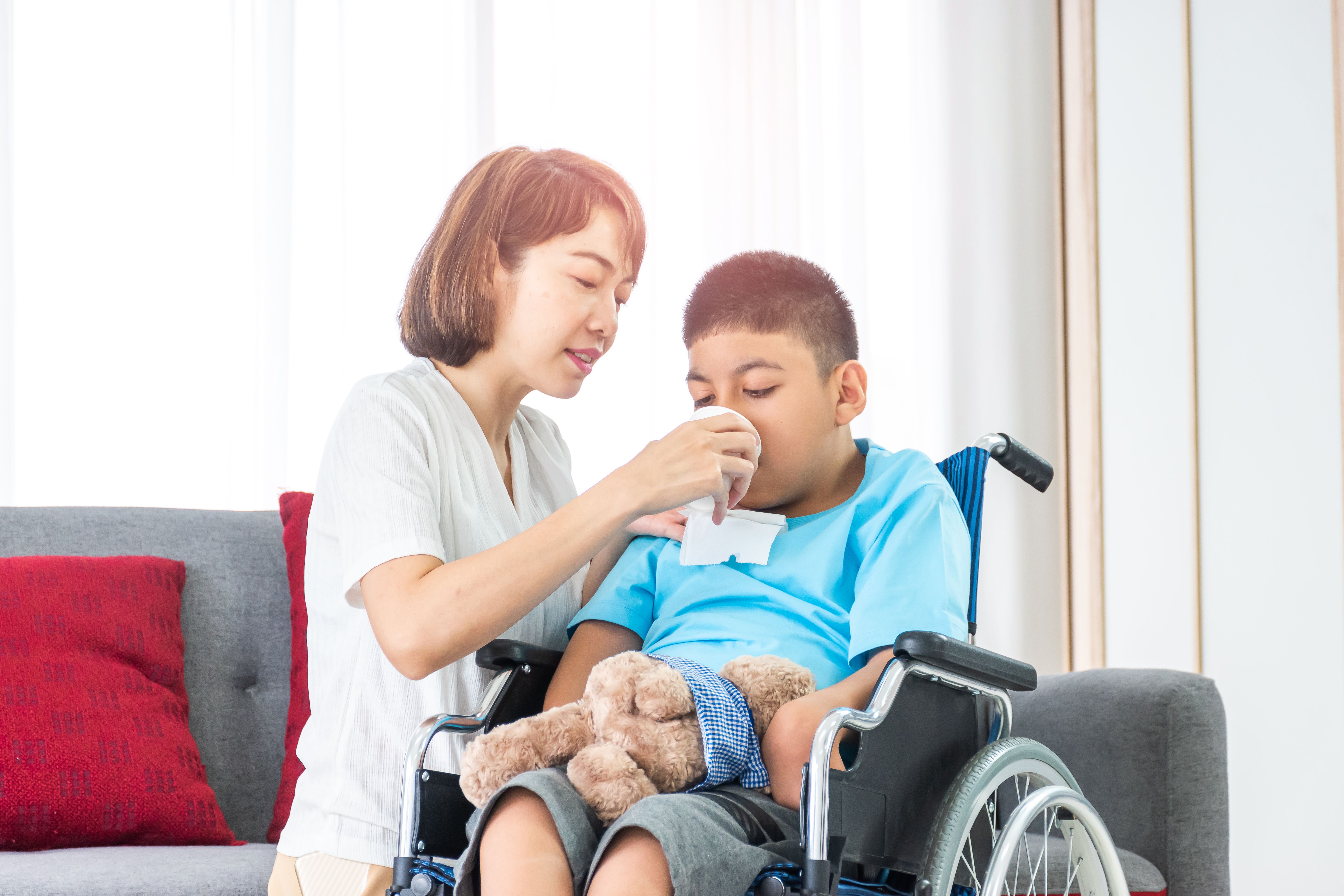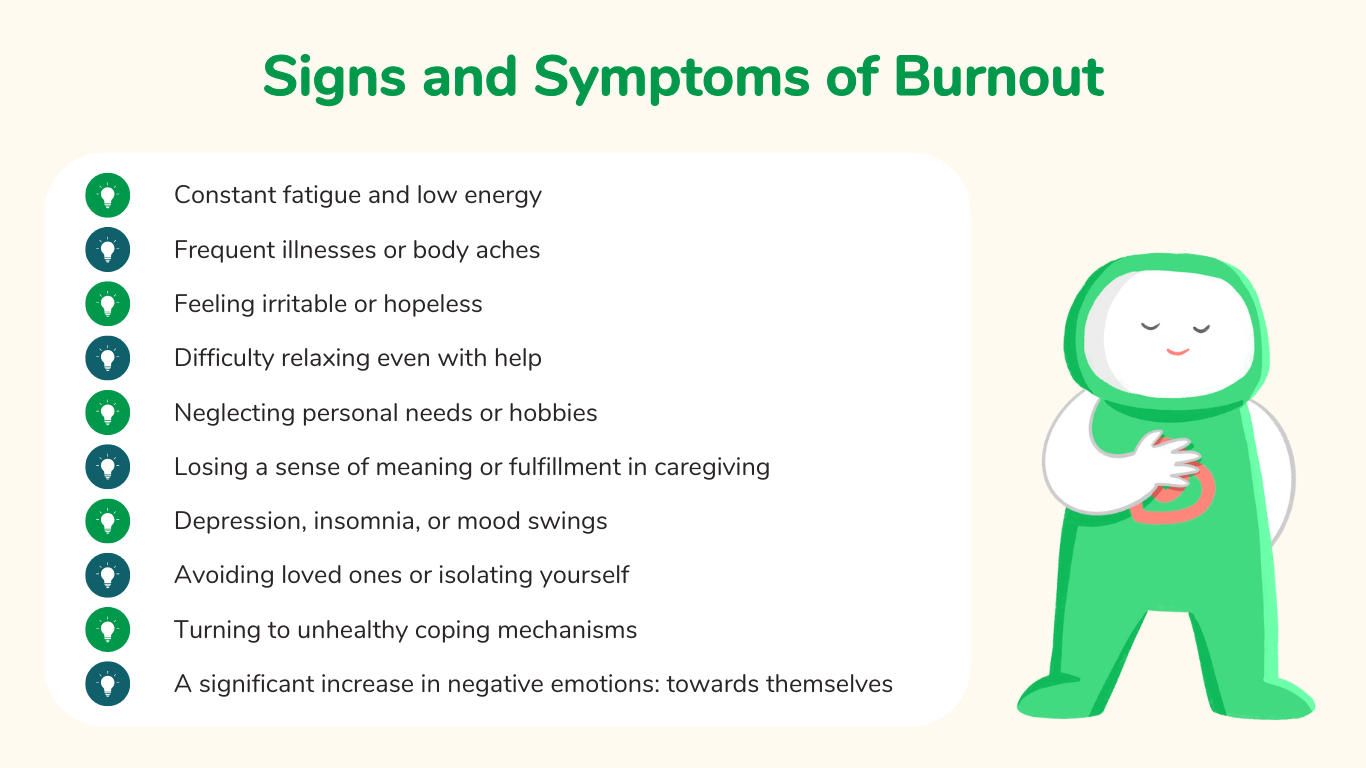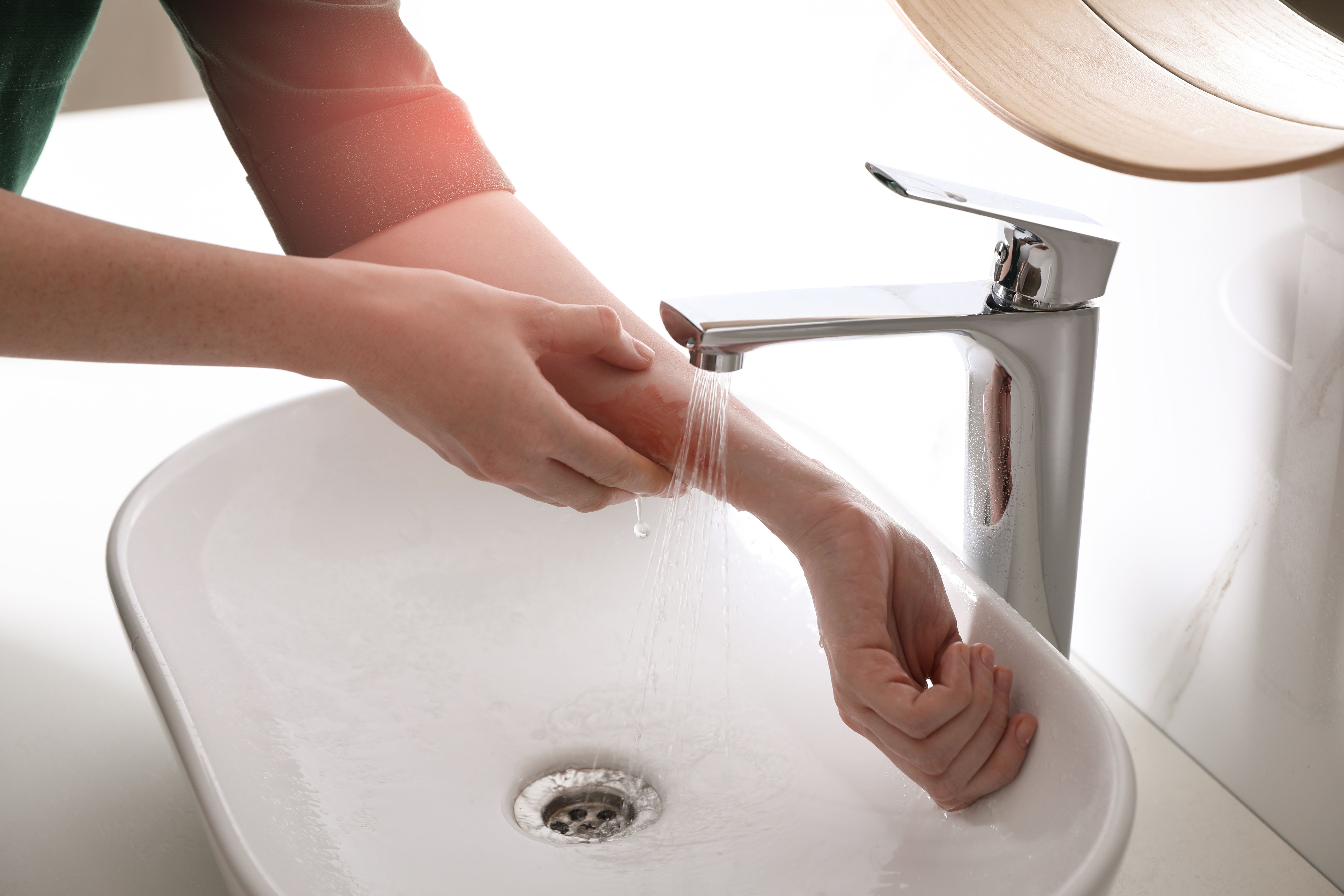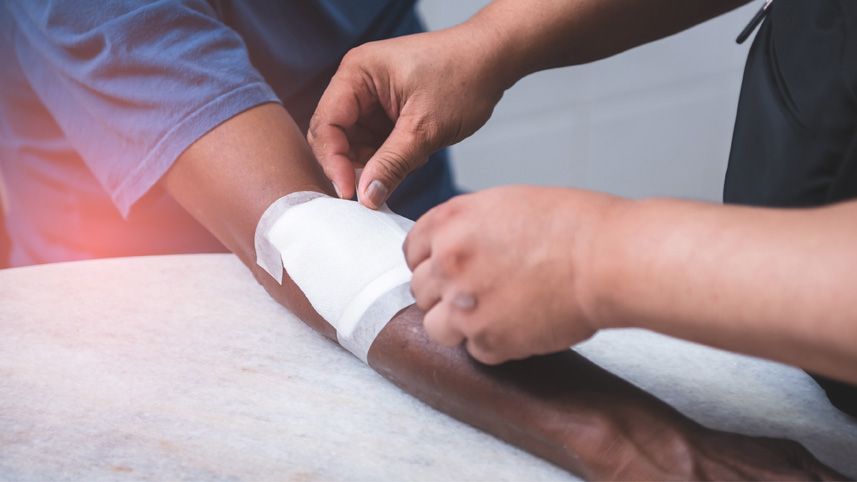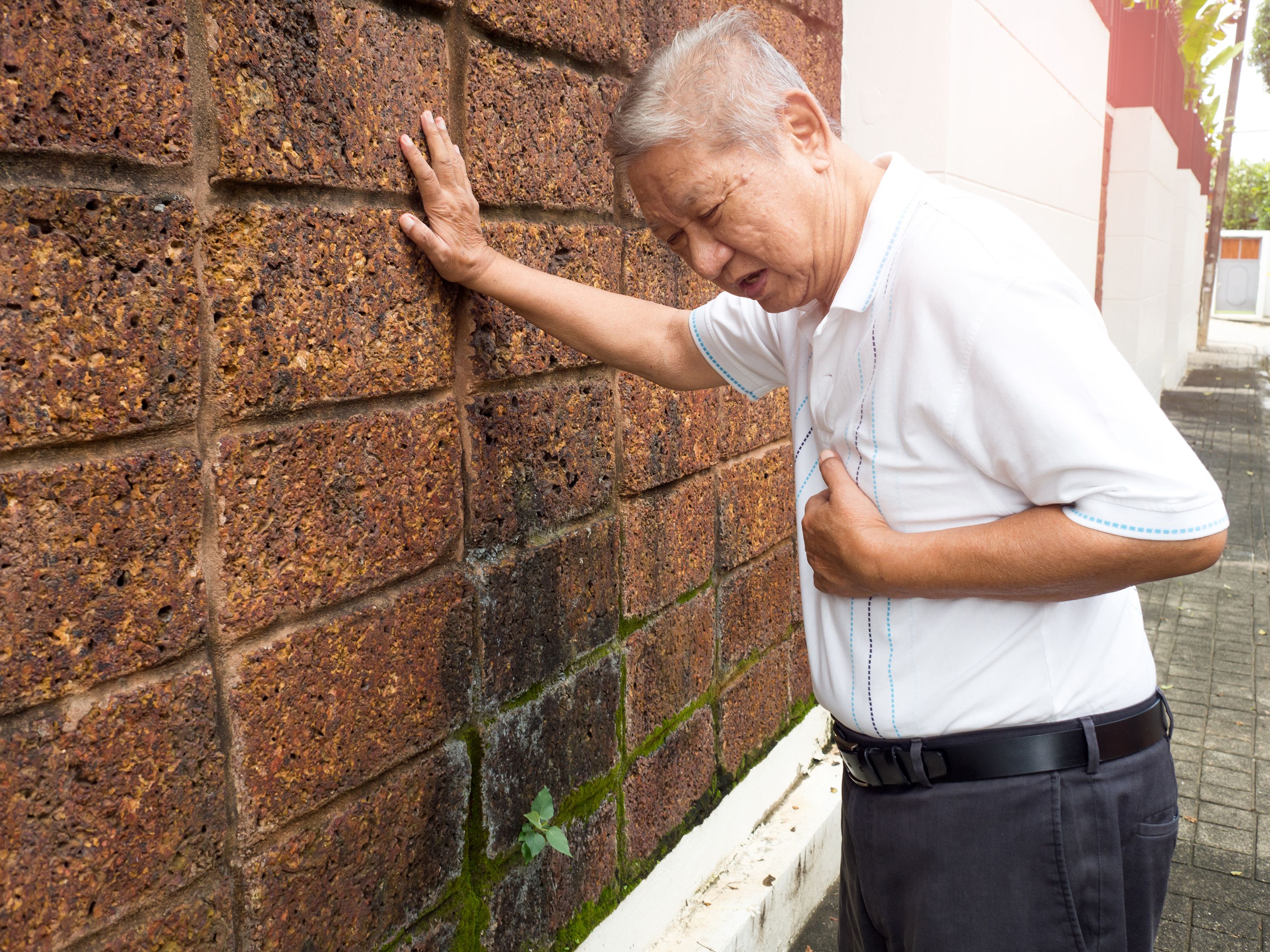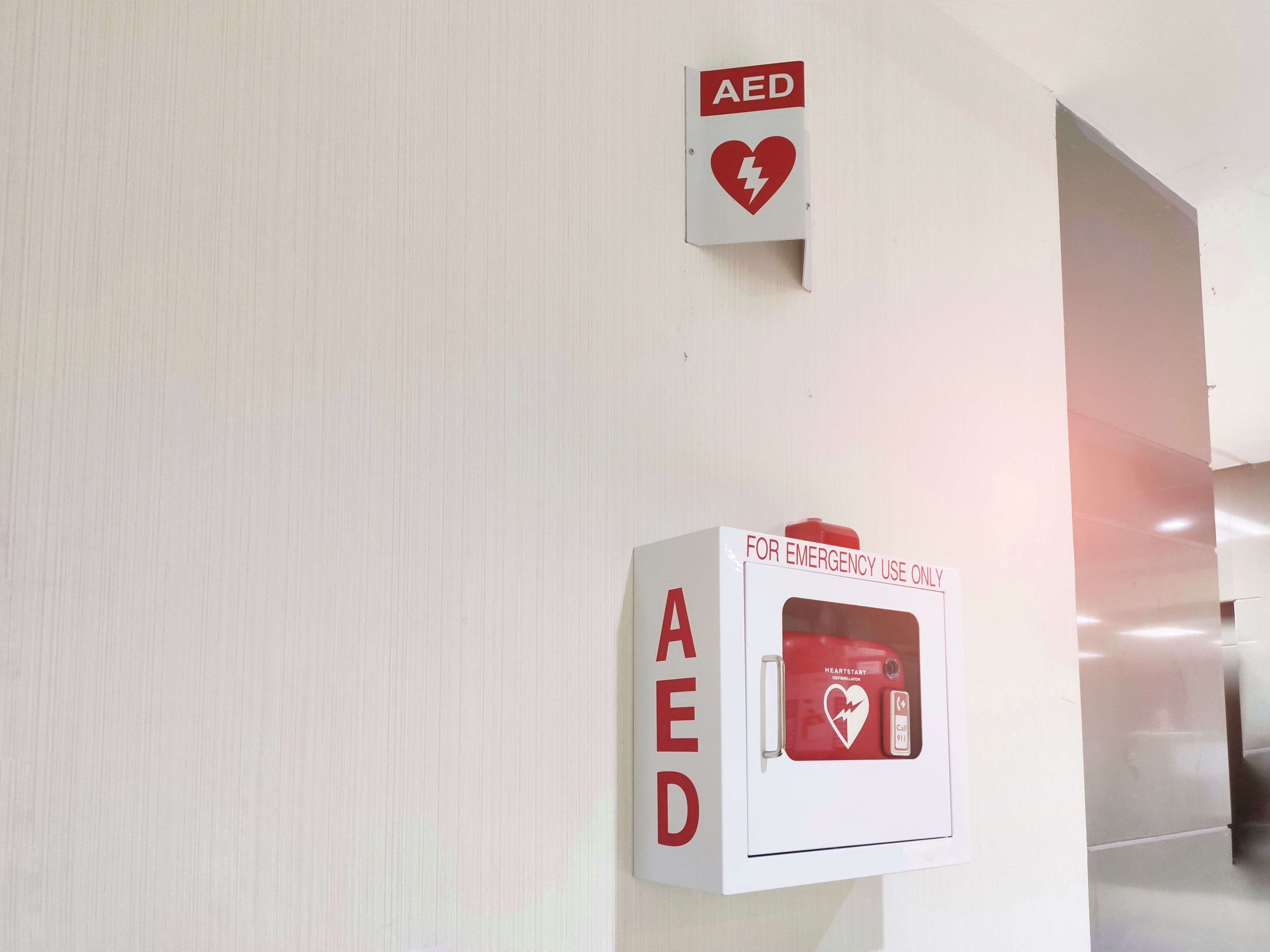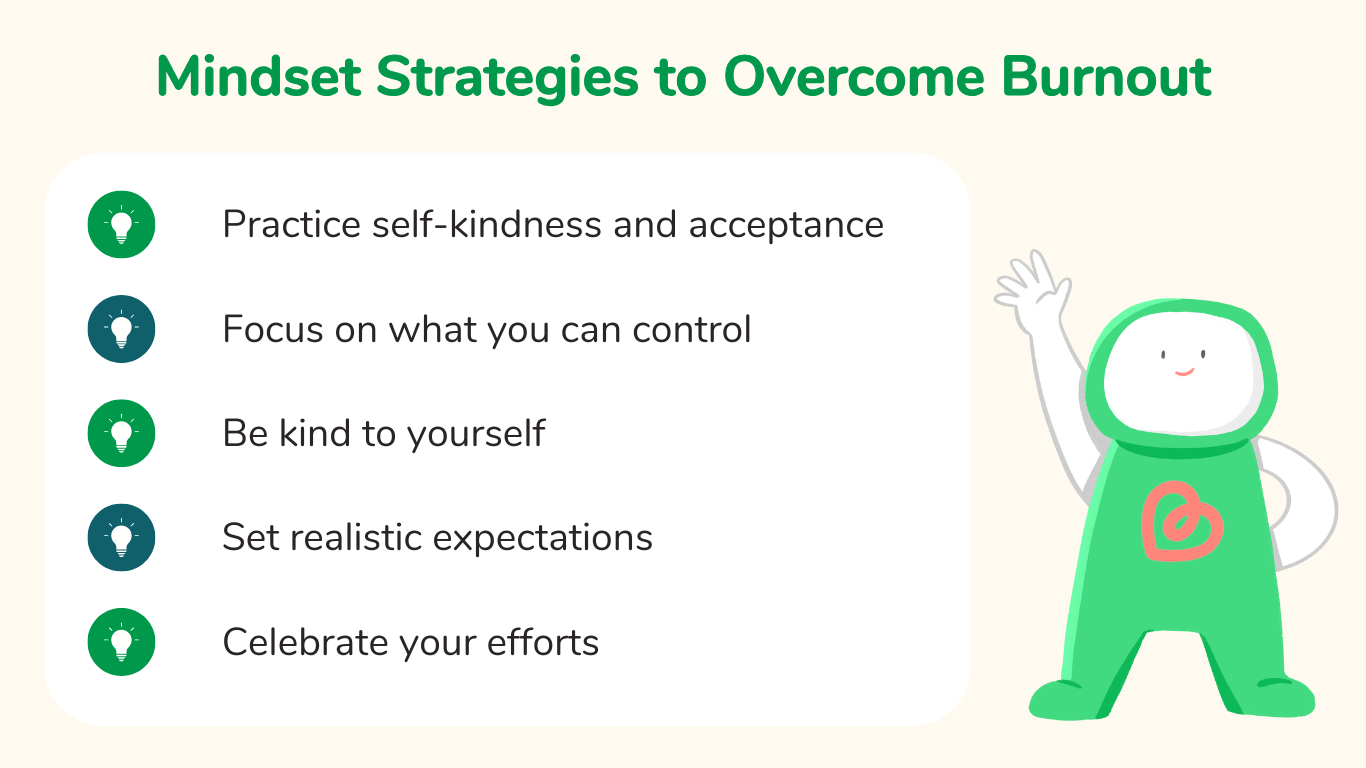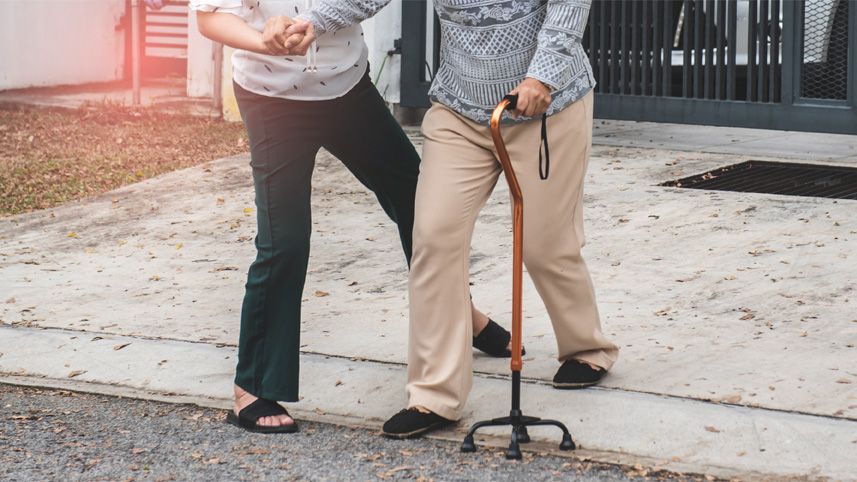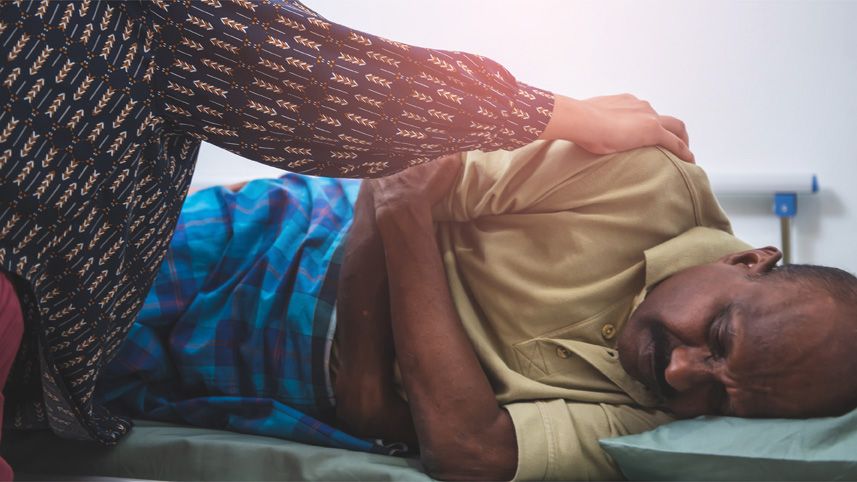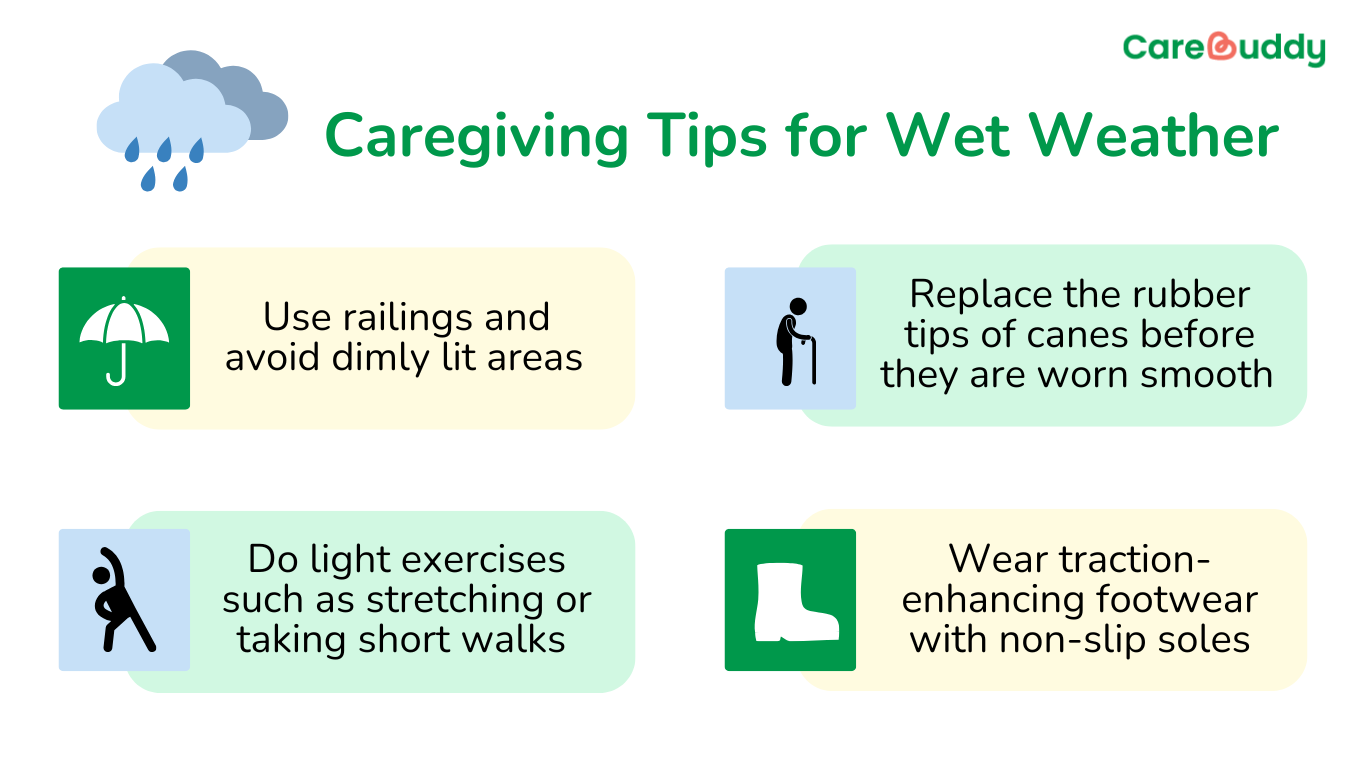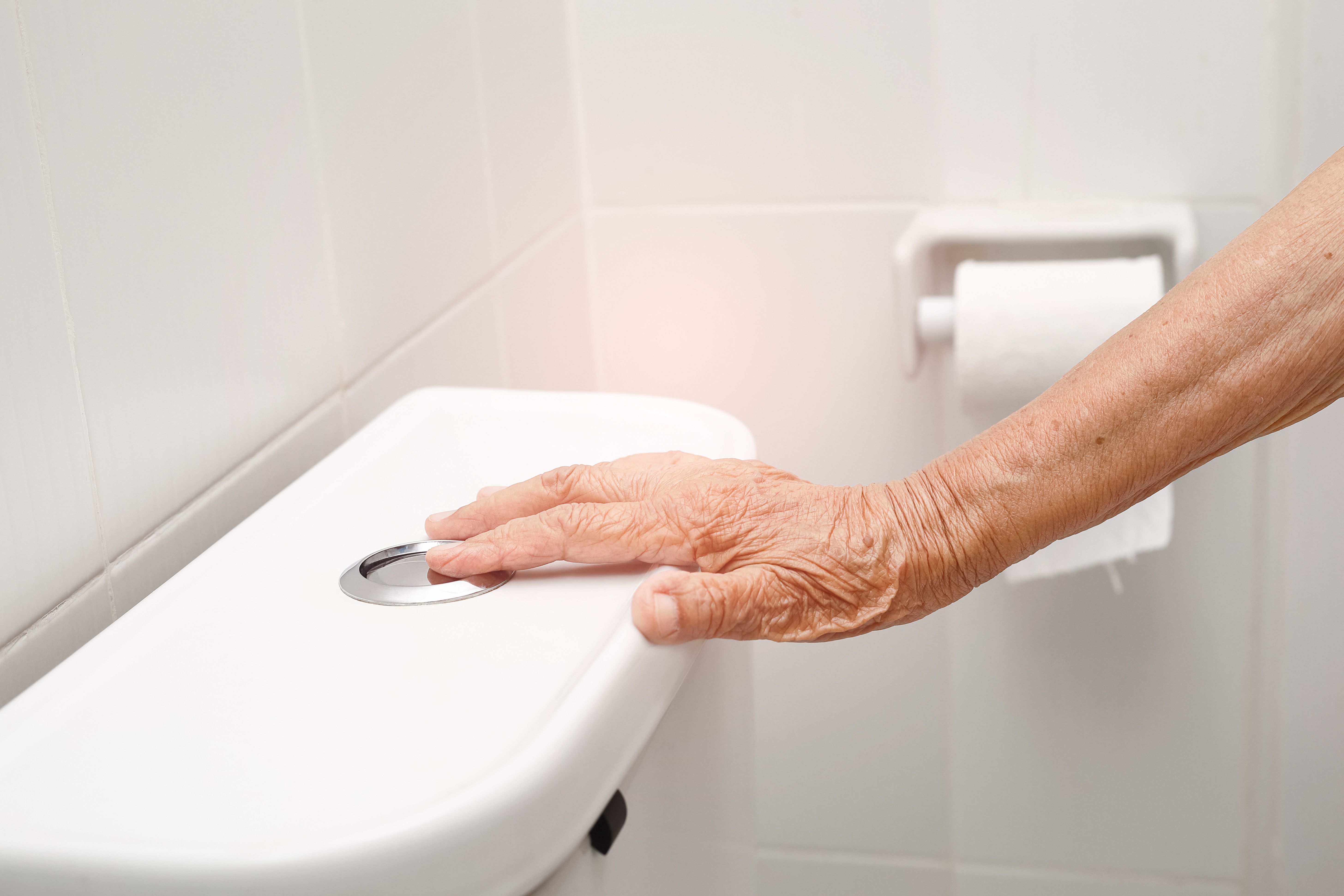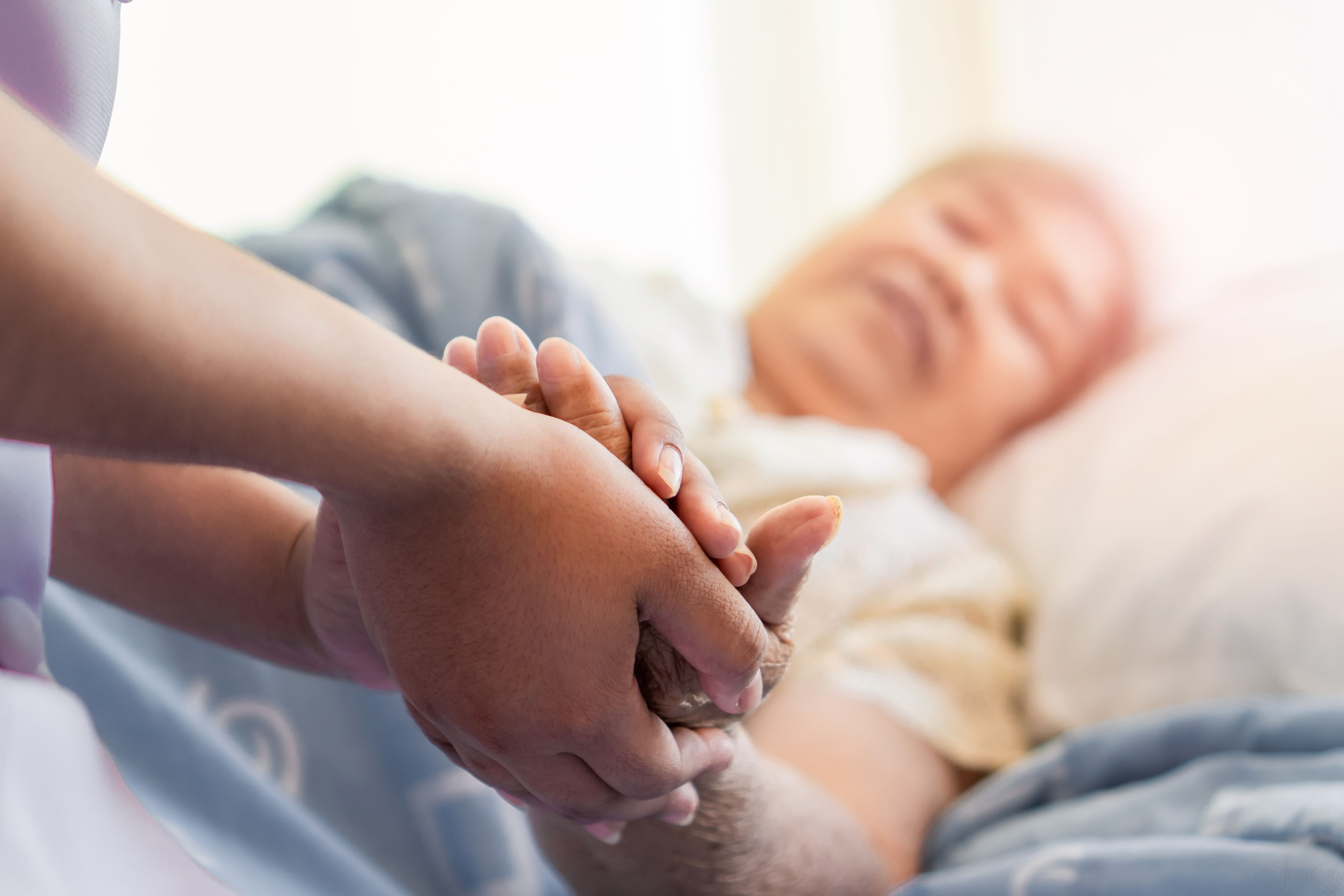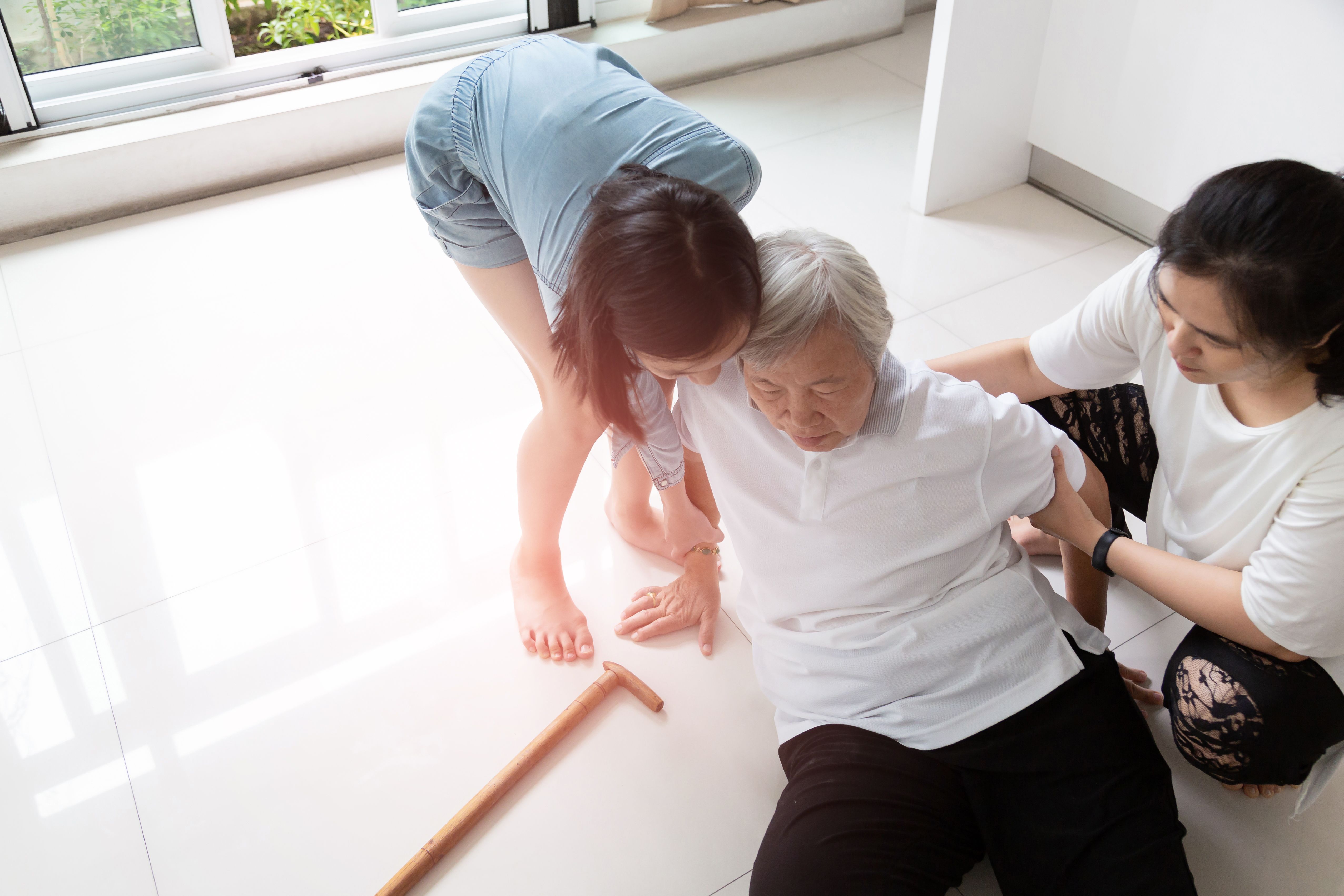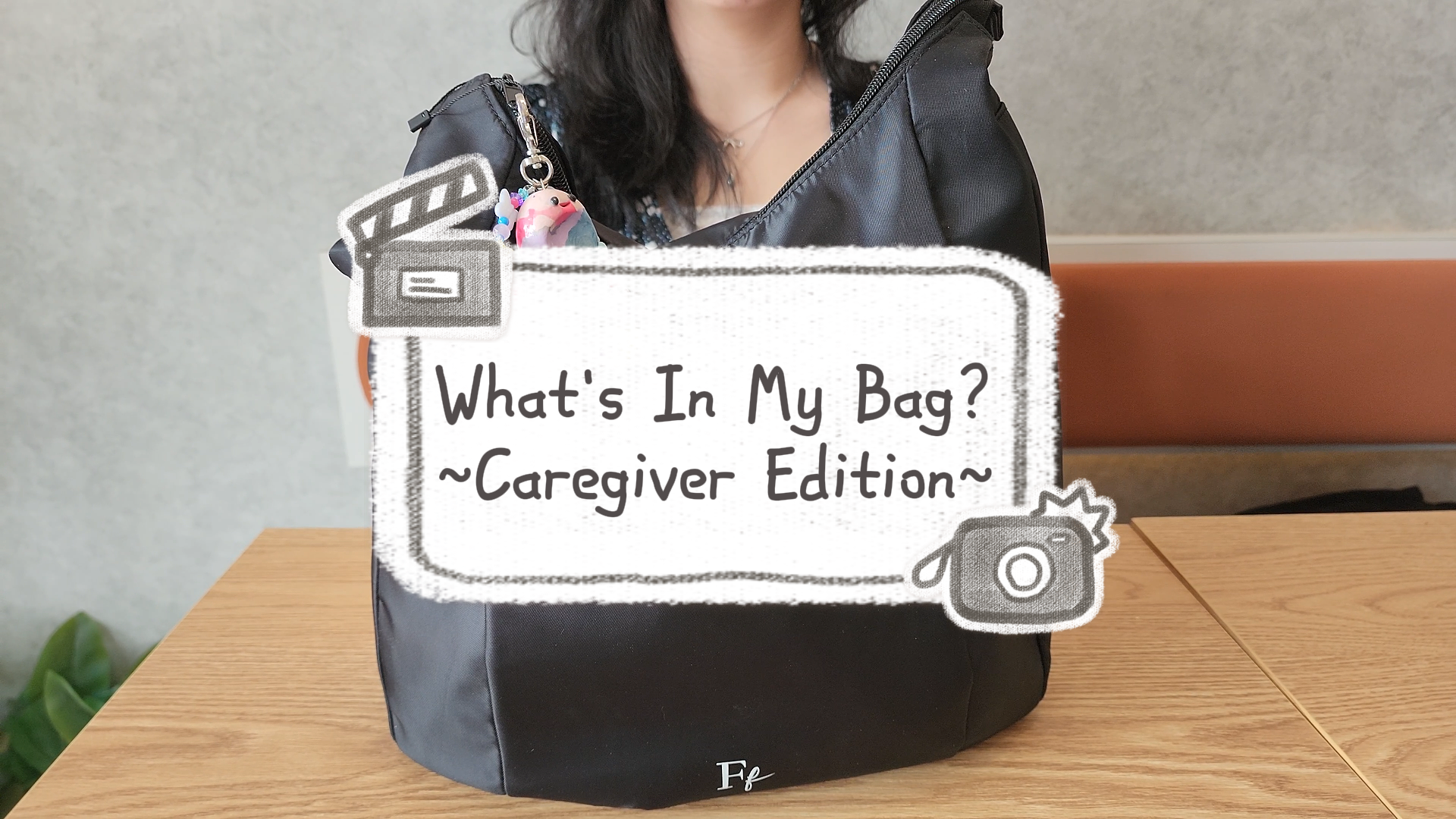Hyperventilation: How to keep calm and carry on
- CareBuddy
- 4 Mins Read
- 20 Sep 2022
- Mental Wellness

A healthy breathing (respiratory) rate for an adult is 12 to 20 breaths a minute. For babies and children, it’s 20 to 30 breaths a minute. When a person breathes at a significantly faster rate than this, it’s called hyperventilation.
Hyperventilation is often caused by stress, anxiety or panic. Somewhat counter-intuitively, it can lead to a person feeling breathless. This is because breathing involves inhaling oxygen and exhaling carbon dioxide. Hyperventilation leads to too much carbon dioxide being expelled from the body. Low levels of carbon dioxide in the blood is what causes breathlessness and the other other symptoms associated with hyperventilation.
Common causes of hyperventilation
Many situations can bring about hyperventilation including
- Anxiety
- Stress
- Panic attack
- Asthma
- Strenuous exercise
- Lung diseases
- Side effects from certain drugs
- High altitude
- Head injury
- Shock
Common symptoms of hyperventilation
Fast, deep breathing
It’s often obvious that the person is breathing rapidly. You could confirm that by checking the respiratory rate to see if it is faster than 20 to 30 breaths per minute, though this is usually not necessary.
Breathlessness
Those experiencing hyperventilation often have the feeling that they cannot get enough air.
Panicky, hysterical demeanour
Hyperventilation is often caused by stress to begin with. On top of that, the stress of not getting enough air can aggravate the panicky behaviour and cause further weakness and confusion.
Dizziness, faintness
Insufficient carbon dioxide in the blood leads to feelings of dizziness, faintness and lightheadedness.
Trembling or tingling hands and feet
Overbreathing can cause calcium levels in the blood to drop, leading to central nervous system symptoms such as numbness and tingling in arms, feet and around the mouth.
Clawing of fingers and toes
Known as tetany, this is another common result of the reduced blood carbon dioxide levels due to hyperventilation.
First aid for someone experiencing hyperventilation
- Speak to the person in a calm and reassuring way and let them know that the situation is under control. Words like “You are doing fine” are helpful.
- Ask them to breathe in and out slowly in a deliberate attempt to bring their breathing rate within a healthy range.
- Watch out for non-respiratory symptoms that could suggest a more serious condition such as cardiac arrest. This is because hyperventilation can sometimes be caused by such serious conditions. In those situations, providing first aid to the more severe condition should take priority.
You might have seen fictional characters use a paper bag to cover their mouth and nose when they are hyperventilating. However, medical opinion is divided on this, so it is not recommended.
What to do after a hyperventilation episode
If this is the first time the care receiver has hyperventilated, take them to a doctor for evaluation right away. It’s possible that it’s just a one-off, but don’t assume that. Find out from a trusted medical professional.
If this is not the first time the care receiver has hyperventilated and it is a regular occurrence that gets in the way of their everyday activities, they may have hyperventilation syndrome or an anxiety problem. Therapy may be necessary in this case to manage the condition more decisively.
Article reviewed by Dr Kenneth Koh Eu Min, Medical Director and Co-founder, OneCare Medical


